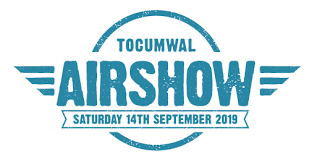
The inaugural Tocumwal Airshow took to the skies for the first time on Saturday the 14th September, with a massive line-up of historical & performance aircraft taking part in the event. With the event kicking off at 11am, the four hours of aerial action included historic aircraft, warbirds, bi-planes, jets and aerobatics. This coupled with various ground displays and great food made the event one to lock in for the next show slated for 2021.
Held at the historic World War Two airfield, which was established in early 1942, Tocumwal was built for use by the United States Army Air Force. It was used mostly by the RAAF and from 1944, was home to the RAAF’s heavy bomber support, and operational conversion units including No. 7 Operational Training Unit.
Inaugural Opening
Paul Bennett from Paul Bennet Airshows, Australia’s leading airshow display pilot kicked off the event with his trade mark style opening in the Wolf Pitts Pro. This was further enhanced with a skydiver who jumped out of the Cessna C-180 Skywagon, VH-OZA. Once at altitude the skydiver leapt from the Skywagon deploying the Australian Flag. Paul following down in a 5G orbit.

Cessna C185 Skywagon VH-OZA
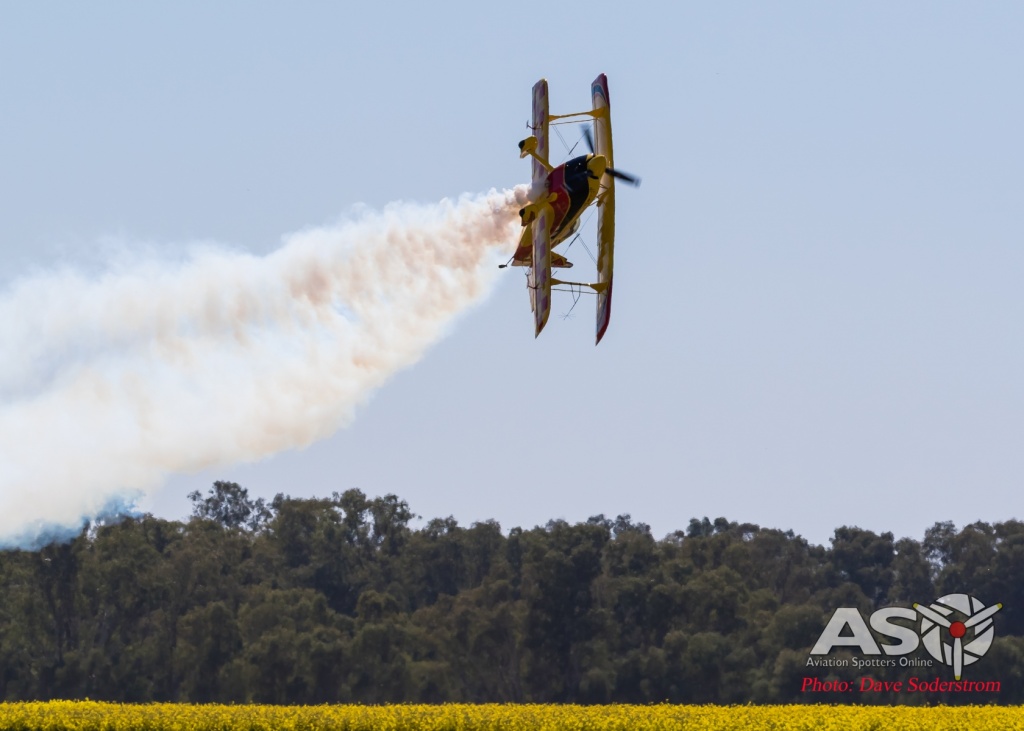
Paul Bennet in the Wolf Pitts Pro


QANTAS, provide a great backdrop for the start of the show.
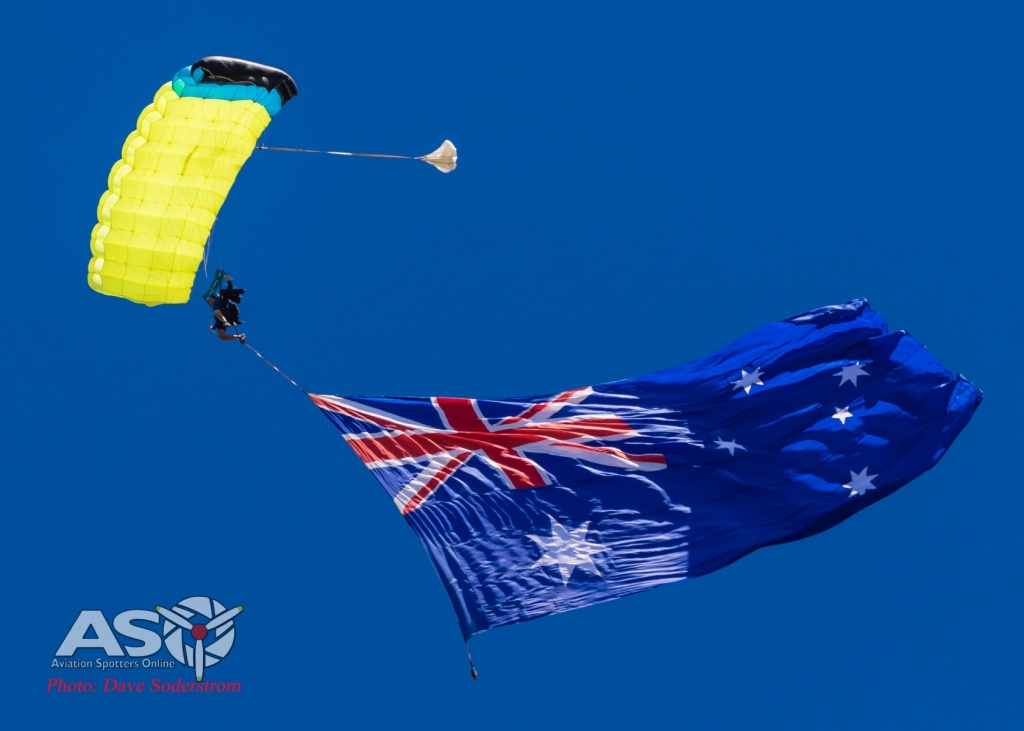
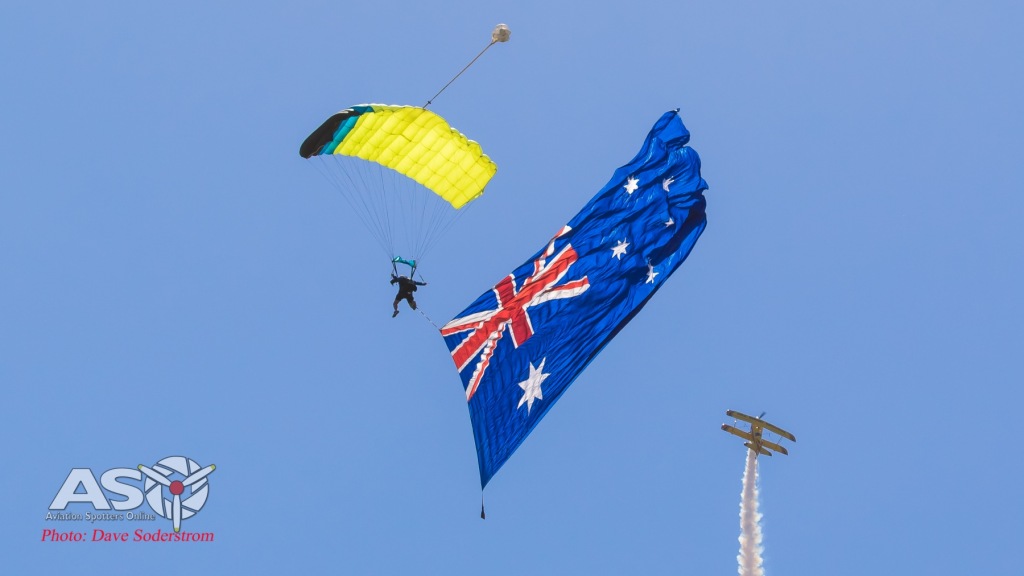
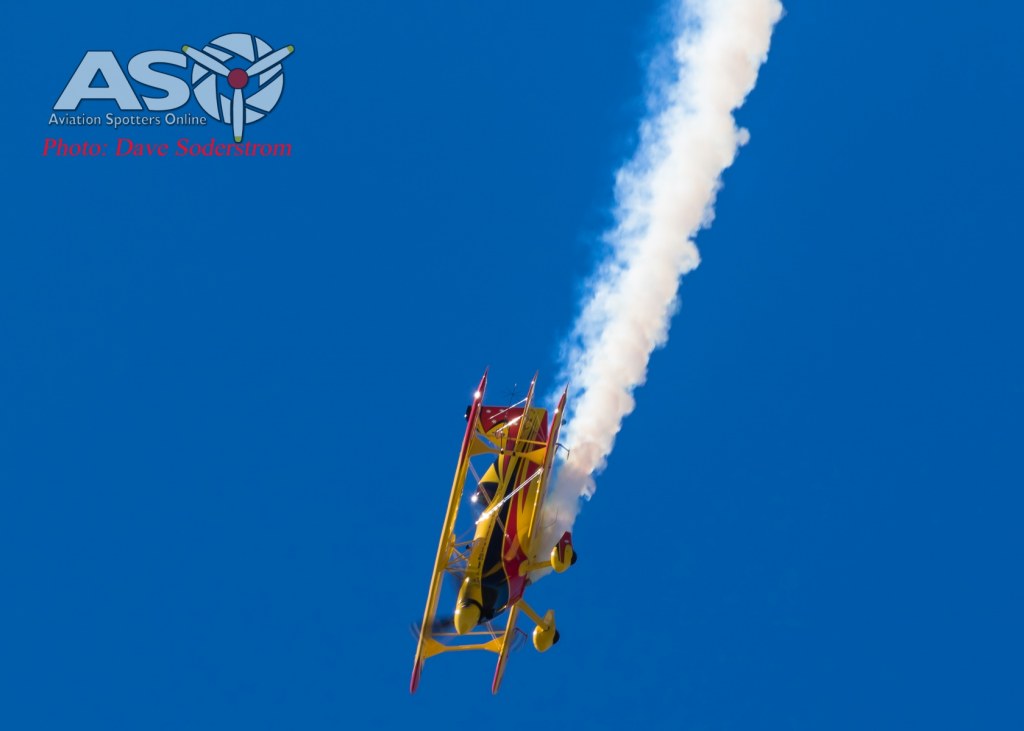
A change of pace was next when the Jonker Sailpalne JS3 VH-NLP took to the air with the weather turning it on providing a perfect blue sky. Powered by MDTJ-42 turbojet the sailplane Lumpy Paterson put on a fantastic display. Pilots can choose between climbing at two metres per second at 135 km/h or fly at 200 km/h cruising speed. The jet engine doesn’t require aviation fuel and is able to run on regular diesel.

Jonker Sailpalne JS3 VH-NLP
Aerial Agriculture Showcase
A highlight of the show was the Aerial Agriculture segment. Three aircraft participated in the showcase, that comprised the CAC CA-28 Ceres VH-SSY, HAZAIR’s Transavia Airtruck VH-TRT and finally FieldAir’s AirTractor AT-402B VH-FZD. The Commonwealth Aircraft Corporation built the Ceres based on the wartime Wirraway trainer. Doug Hamilton owns the aircraft today and it is the only airworthy Ceres in Australia. Steve Death flew his company’s Transavia Airtruck during the event showcasing another Australian built design that was sold across the world. Some 118 were to roll off the production line before, production ended.
The third aircraft in the display was a Fieldair’s Airtractor AT-402B, VH-FZD. The aircraft put on a fantastic display showcasing the aircraft’s capabilities over the airfields canola crops.

Transavia Airtruck VH-TRT
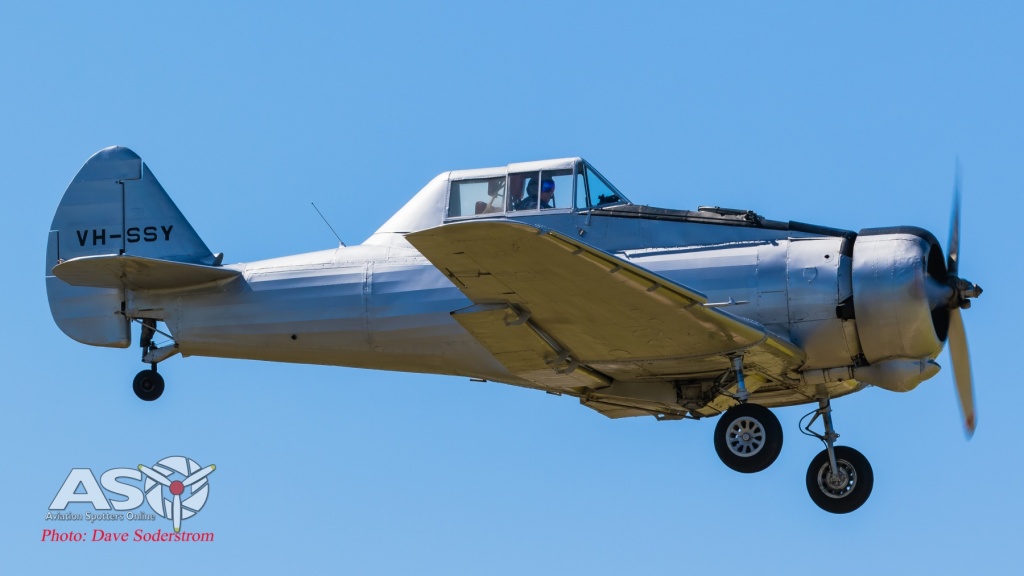
CA-28 Ceres VH-SSY
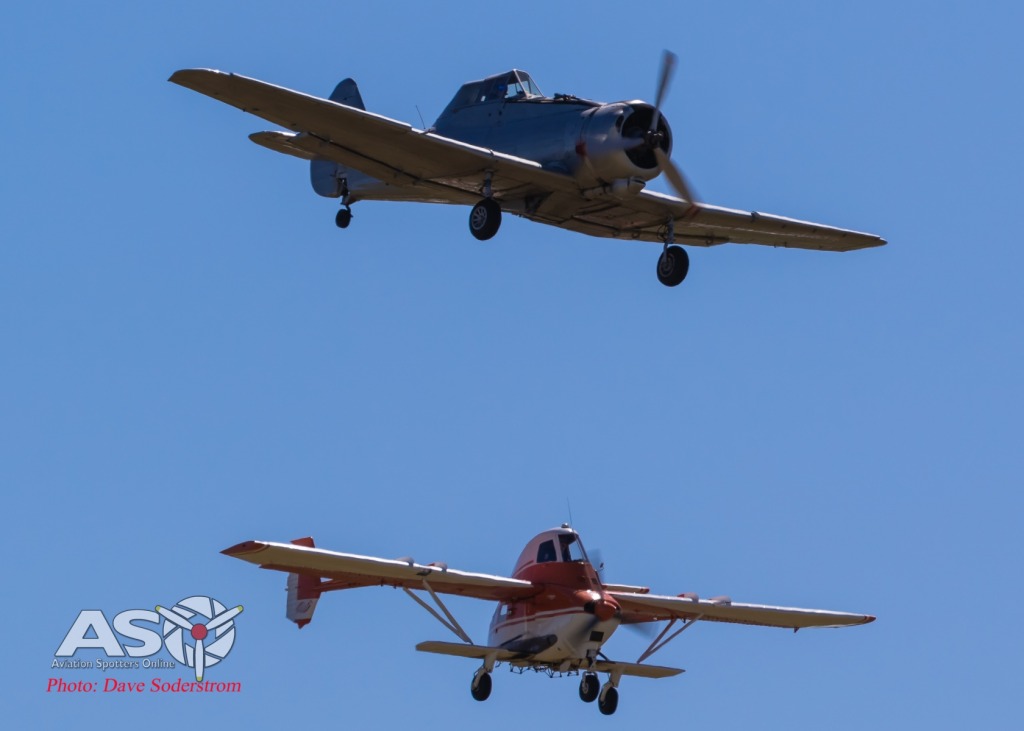
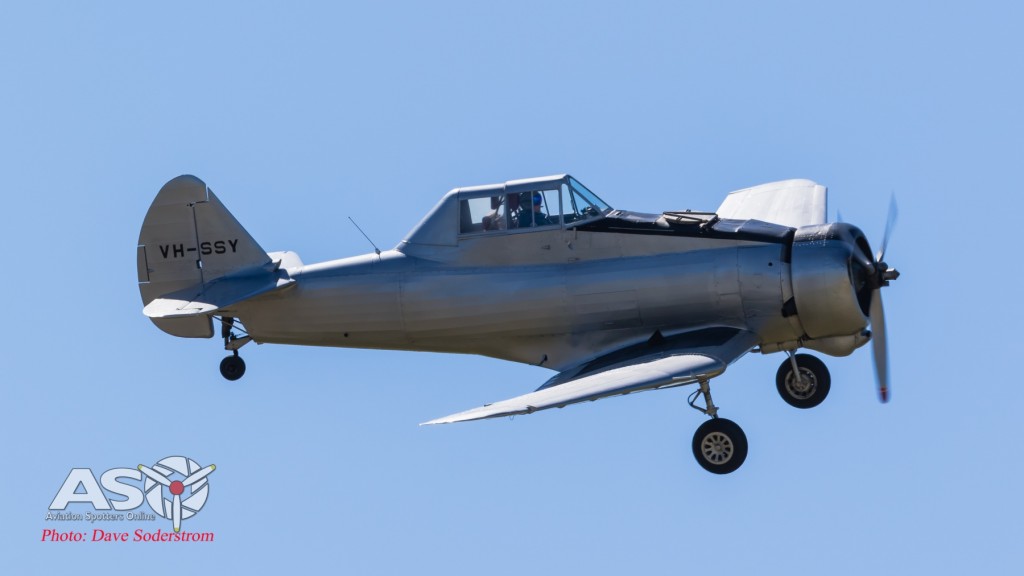
CA-28 Ceres VH-SSY

Transavia Airtruck VH-TRT
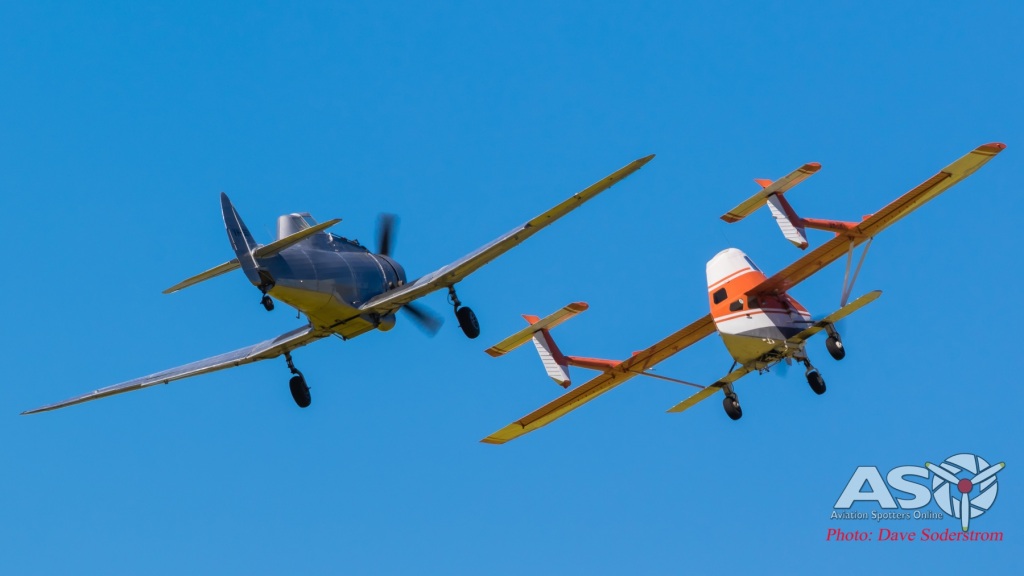
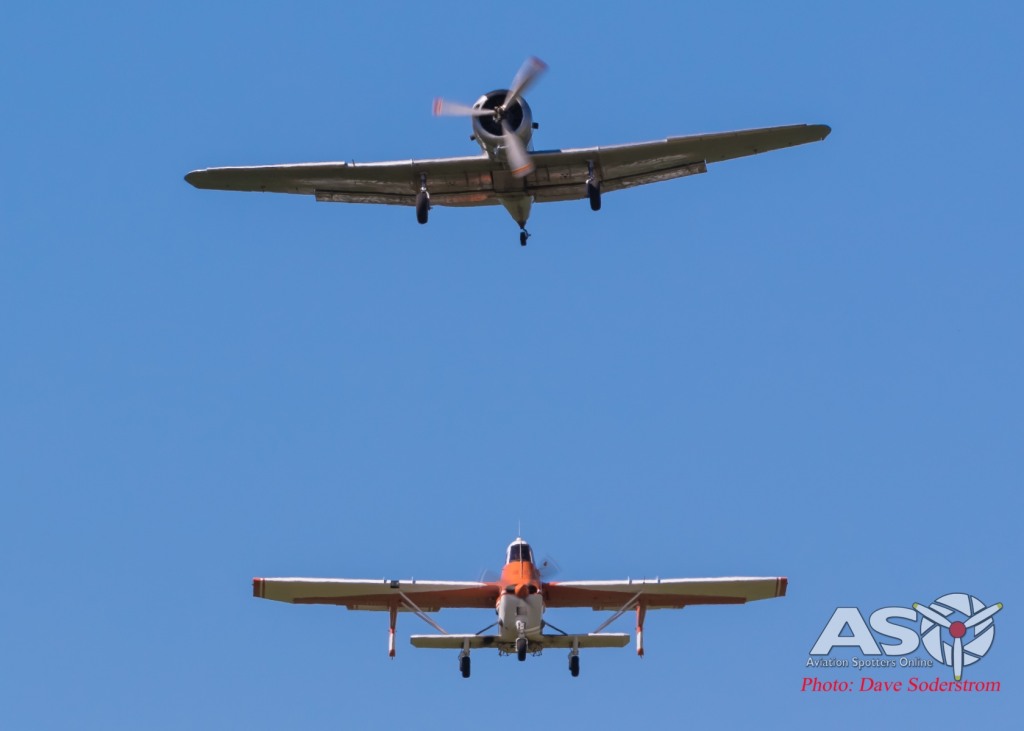


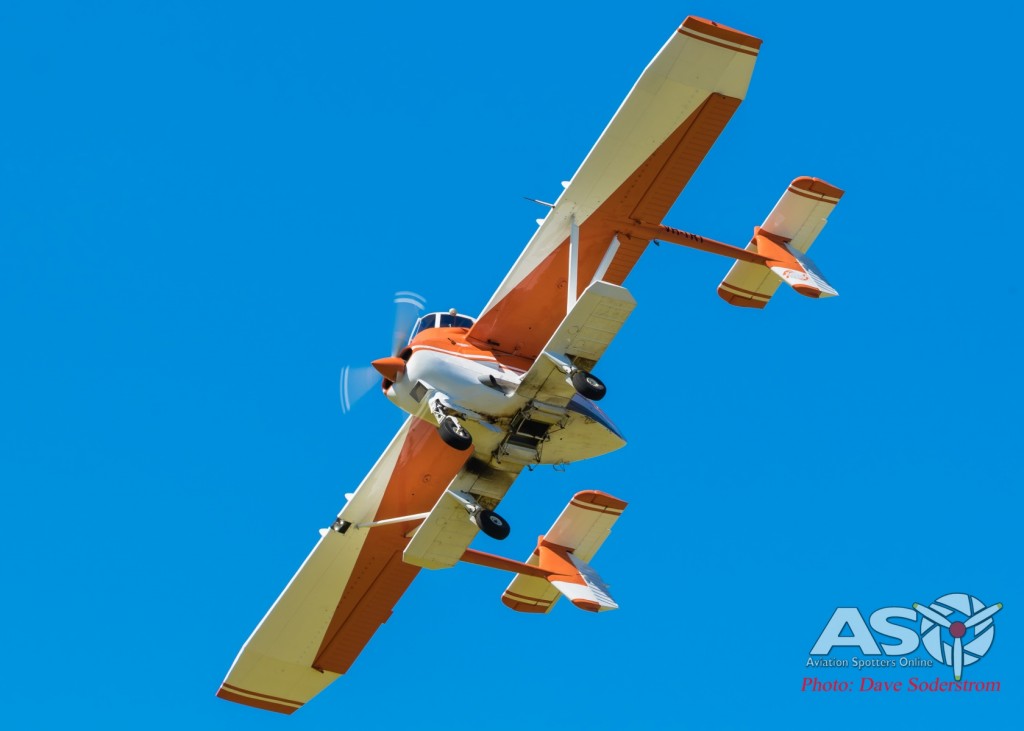
Transavia Airtruck VH-TRT
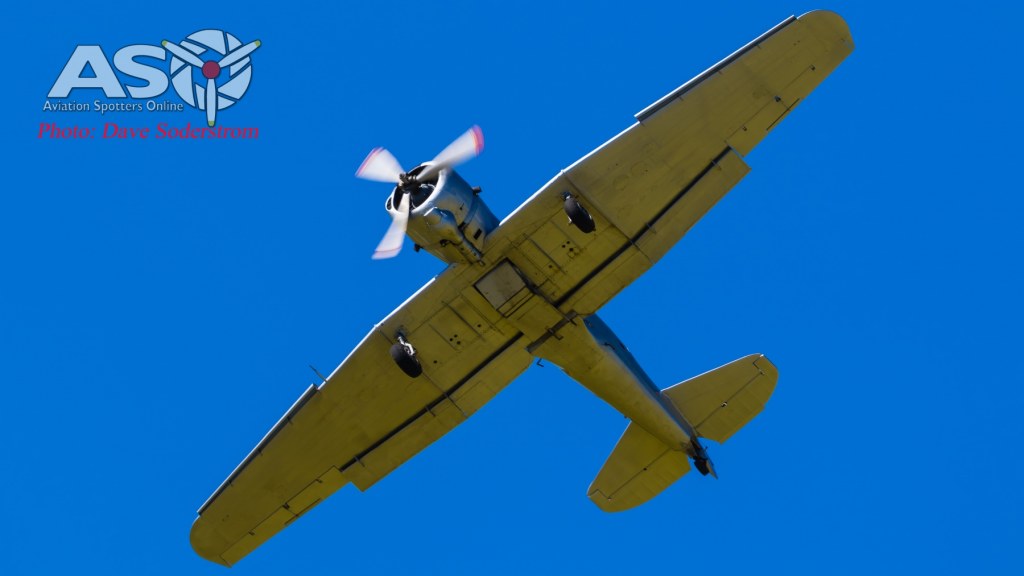
CA-28 Ceres VH-SSY

CA-28 Ceres VH-SSY

Airtractor AT-402B VH-FZD
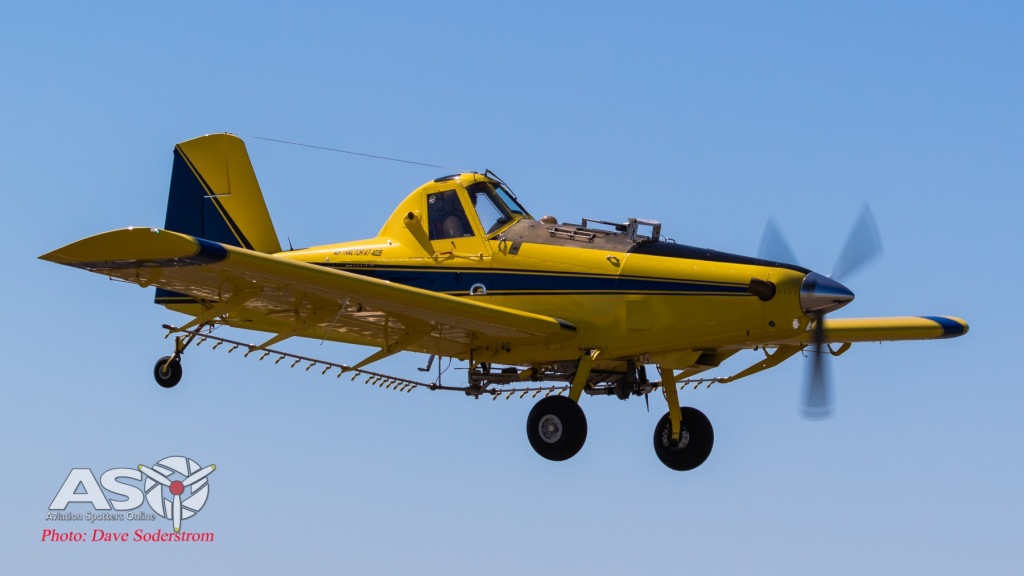
Airtractor AT-402B VH-FZD
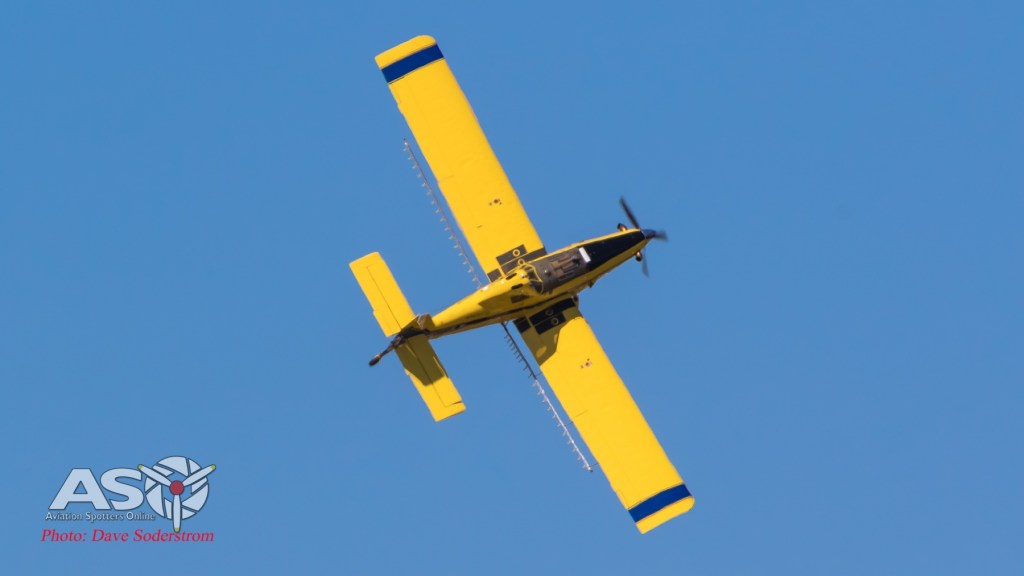
Airtractor AT-402B VH-FZD

Airtractor AT-402B VH-FZD
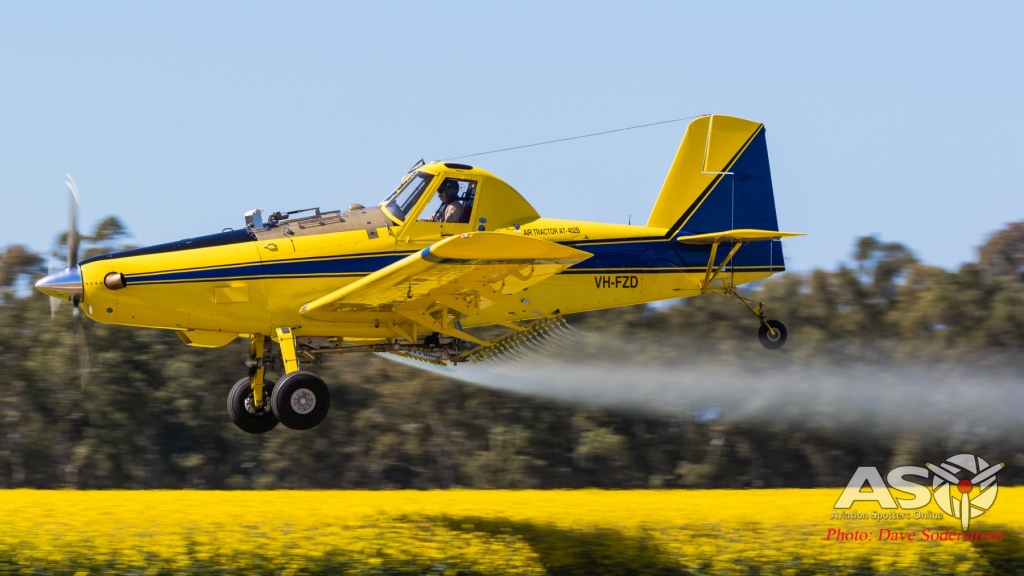
Airtractor AT-402B VH-FZD

Airtractor AT-402B VH-FZD

Airtractor AT-402B VH-FZD
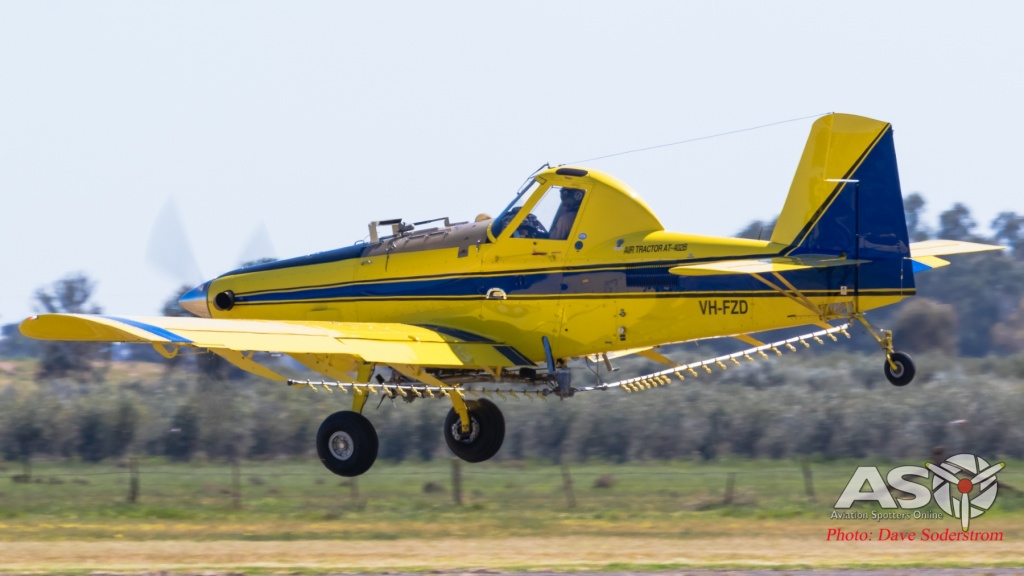
Airtractor AT-402B VH-FZD
Paul Bennet and his team brought the Grumman Avenger to the show which never fails to impress with its size, sound and folding wings.
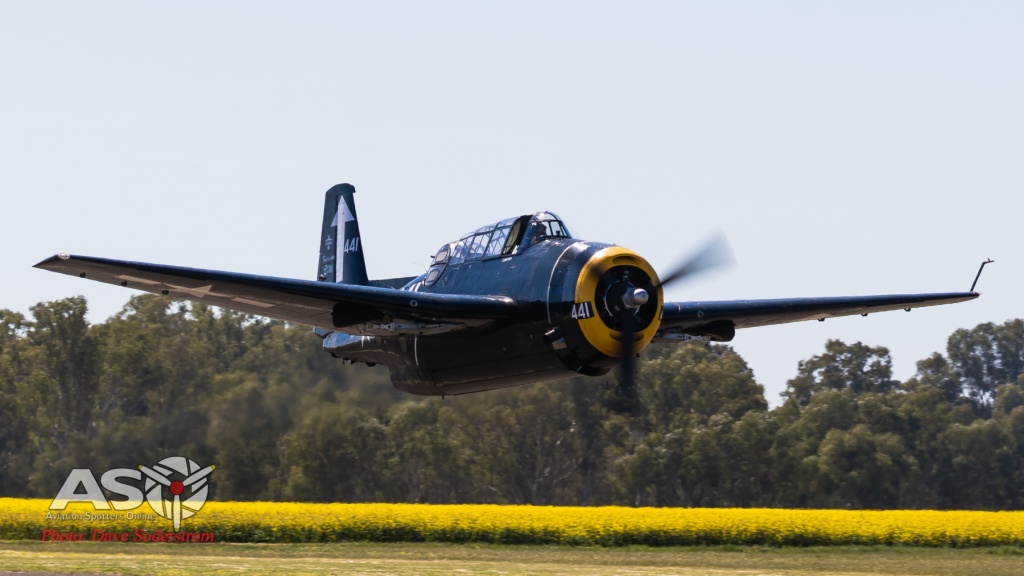
Grumman Avenger VH-MML
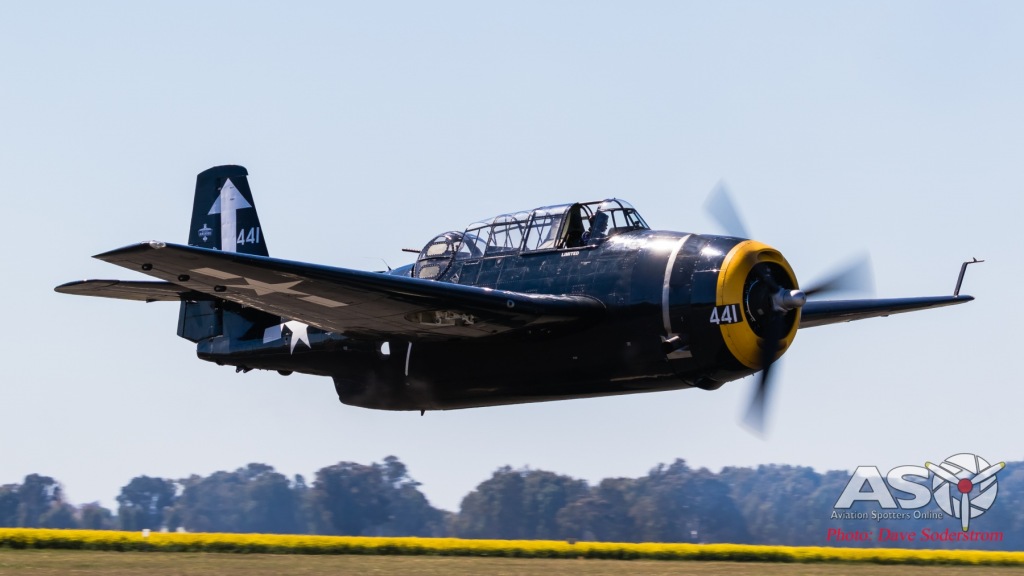
Grumman Avenger VH-MML

Grumman Avenger VH-MML
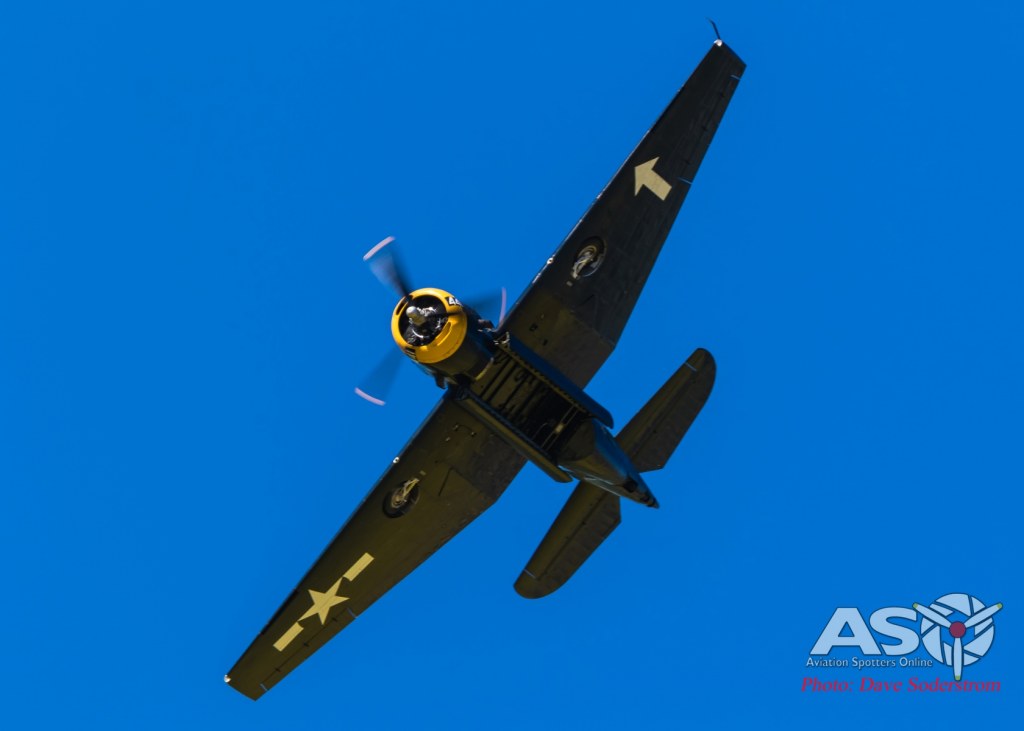
Grumman Avenger VH-MML
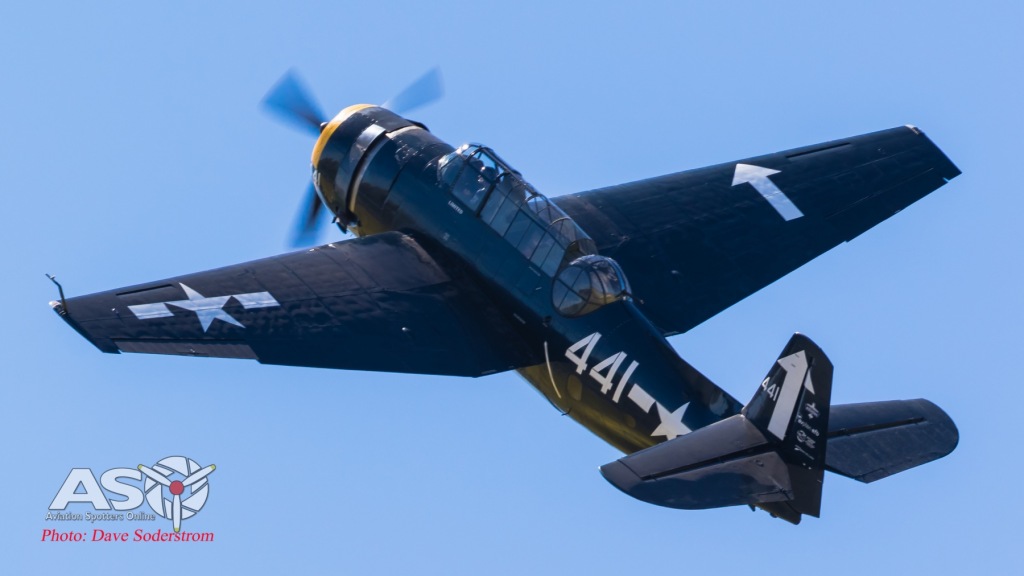
Grumman Avenger VH-MML
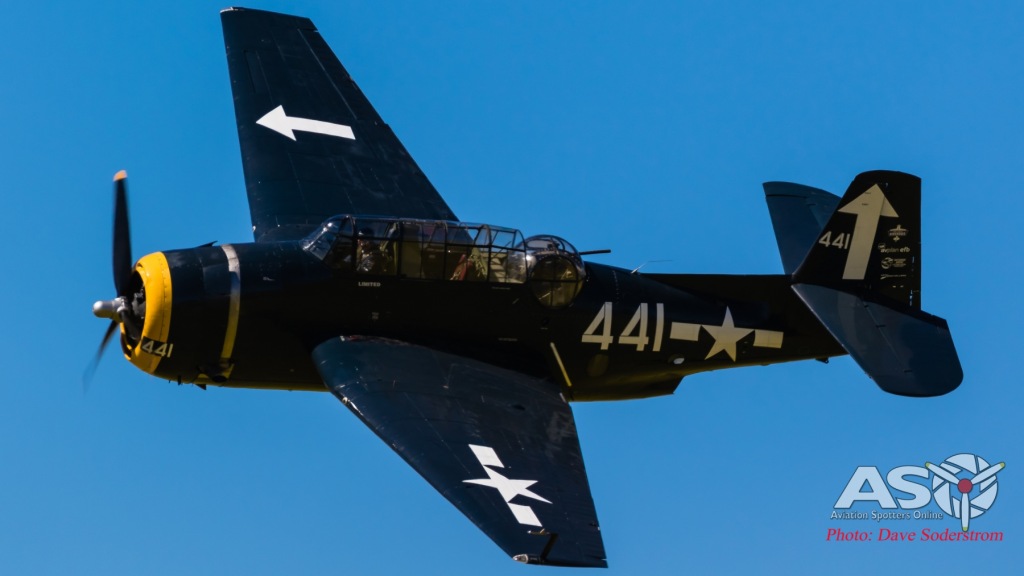
Grumman Avenger VH-MML
A classic aerial pair was the next to showcase their displays. Built by De Havilland Canada, the DHC-1 Chipmunk was sold and exported and assembled by the Canadian, British, and Portuguese, with some 1,284 examples built. Flying at the airshow were two of the companies finest, VH-DGZ, formally WB683 of the Royal Air Force, and VH-APL formally WP919, also from the RAF.
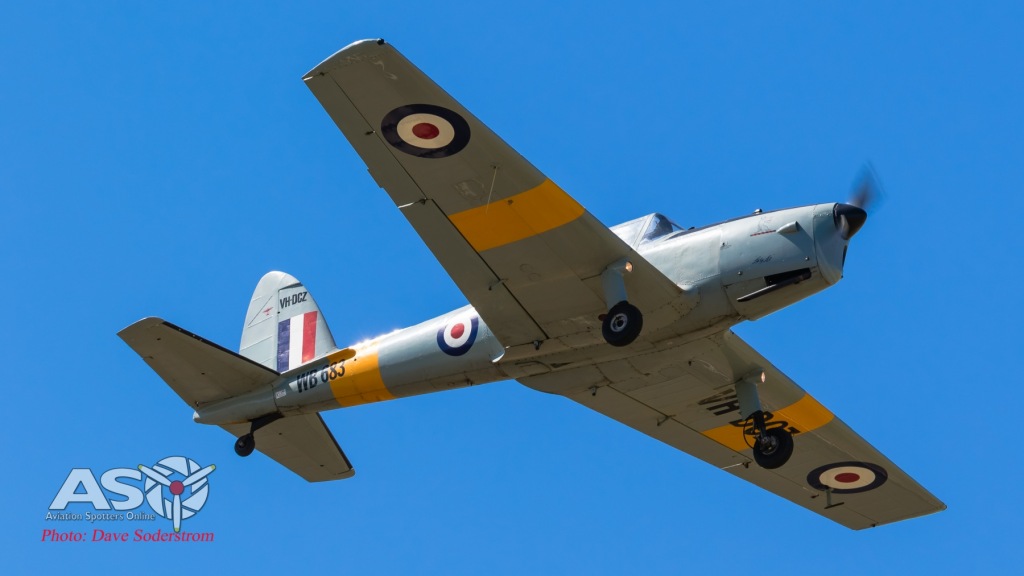
DHC-1 Chipmunk VH-DGZ
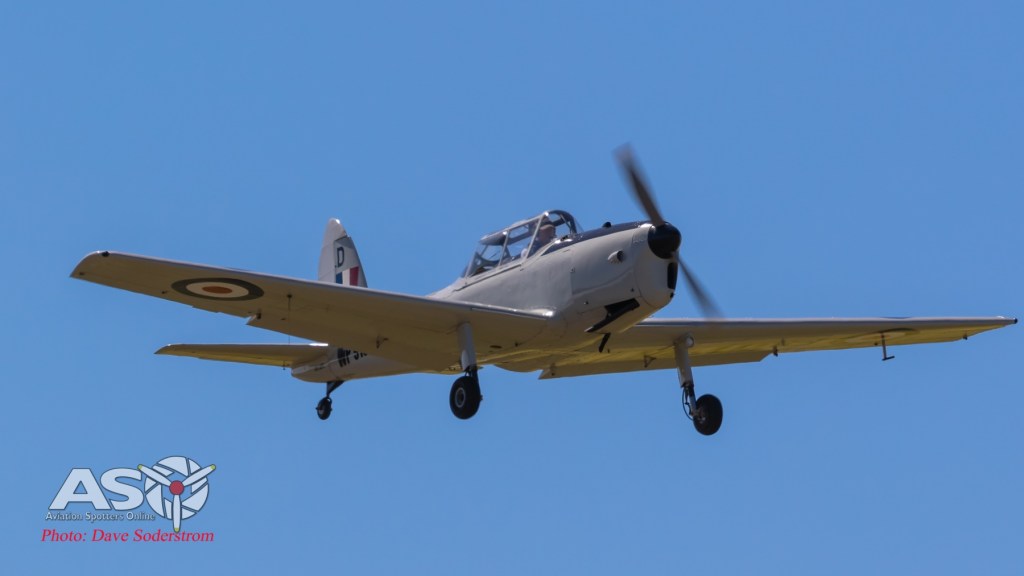
DHC-1 Chipmunk VH-APL
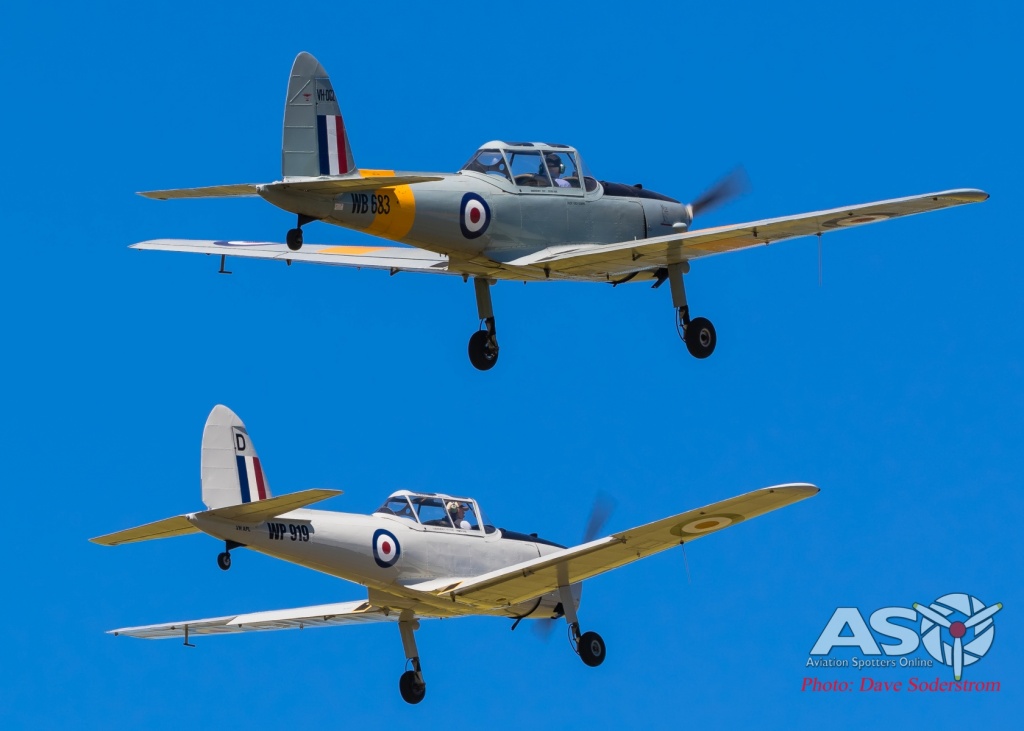
Another highlight of the airshow was the RAAF Heritage Formation team. Consisting of former RAAF trainer aircraft including the CAC Winjeel, NZAI Airtourer, and North American Harvard. The aircraft are a mixture of civilian and RAAF owned aircraft. For this event three CT-4s, three Winjeels and a single Harvard preformed military like precision flights and formations. The aircraft were, NZAI CT-4s, VH-ZNP (A19-077) owned and operated by the RAAF Museum Point Cook, VH-CTV (A19-068) owned by Garry Herne also from Point Cook, and finally, VH-DGY (A19-030) owned by Benjamin Thompson from Gisborne.
Along side were three CAC CA-25 Winjeels which were, VH-FTS (A85-439) owned and operated by the RAAF Museum Point Cook, VH-HOY (A85-450) owned by Matt Grigg, and VH-WJE (A85-427) owned and flown by event organiser Matt Henderson.
The final aircraft in the formation isn’t an RAAF aircraft. It is an ex Royal New Zealand Air Force T-6 Harvard, VH-HVD. It was flown by the RNZAF as NZ1075. Now if flies as part of the RAAF Heritage fleet.
Together the aircraft were a sight to behold. With the CT-4, Winjeel and Harvard all doing solo performances after the formation flying.

NZAI CT-4A Airtourer

NZAI CT-4A Airtourer
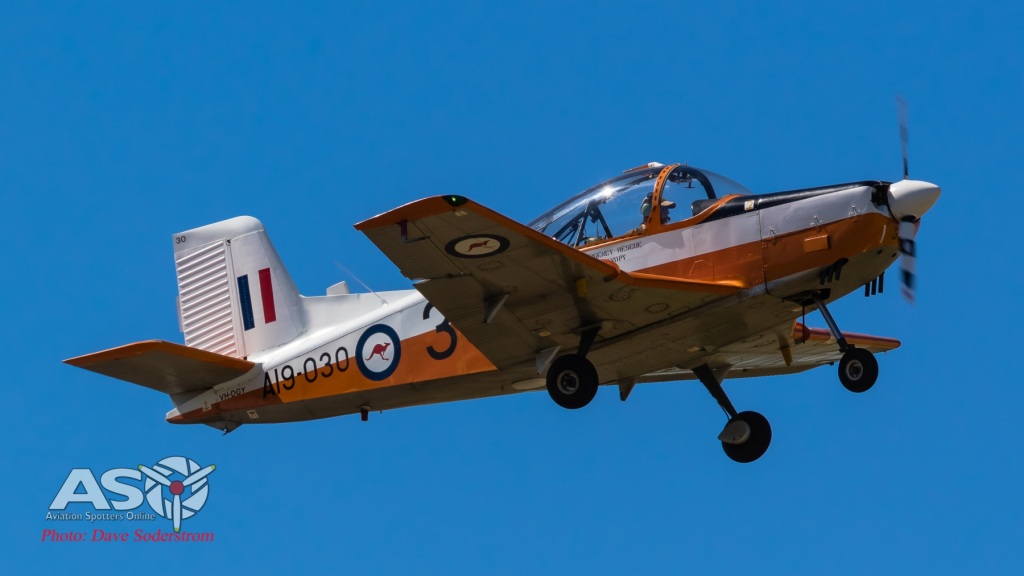
NZAI CT-4A Airtourer

CAC CA-25 Winjeel
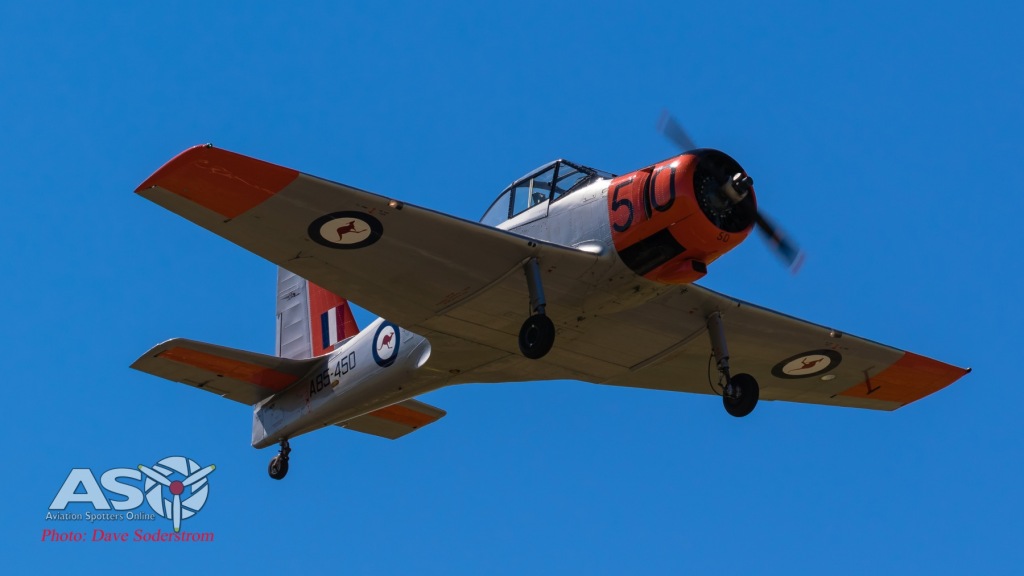
CAC CA-25 Winjeel
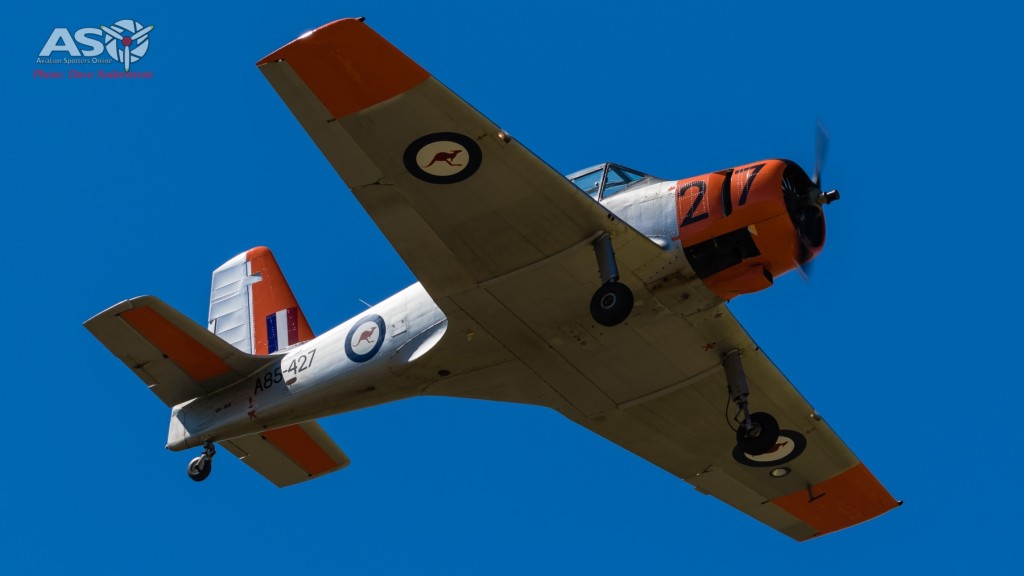
CAC CA-25 Winjeel

North American T-6 Harvard VH-HVD

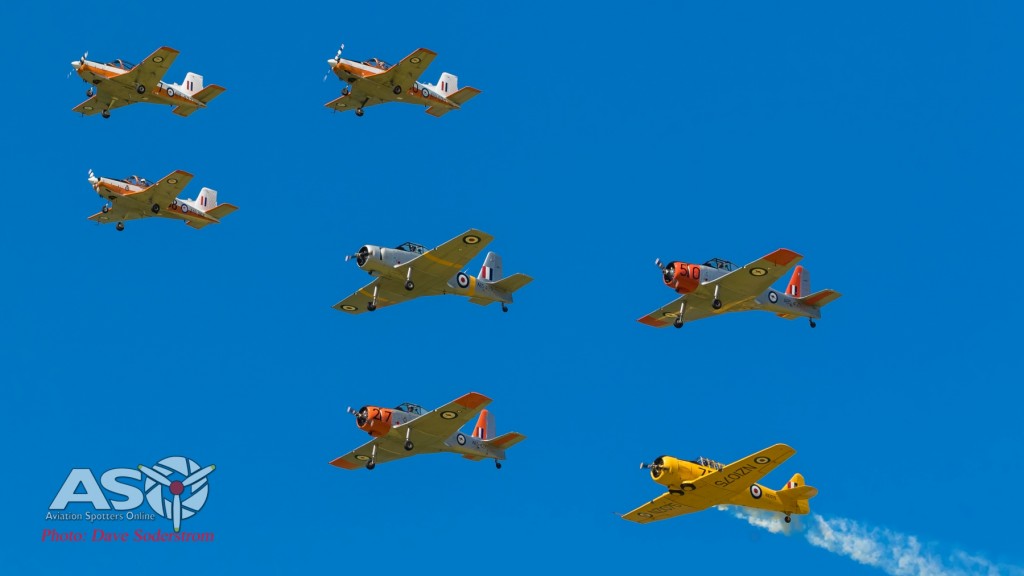




North American T-6 Harvard VH-HVD

North American T-6 Harvard VH-HVD

CAC CA-25 Winjeel
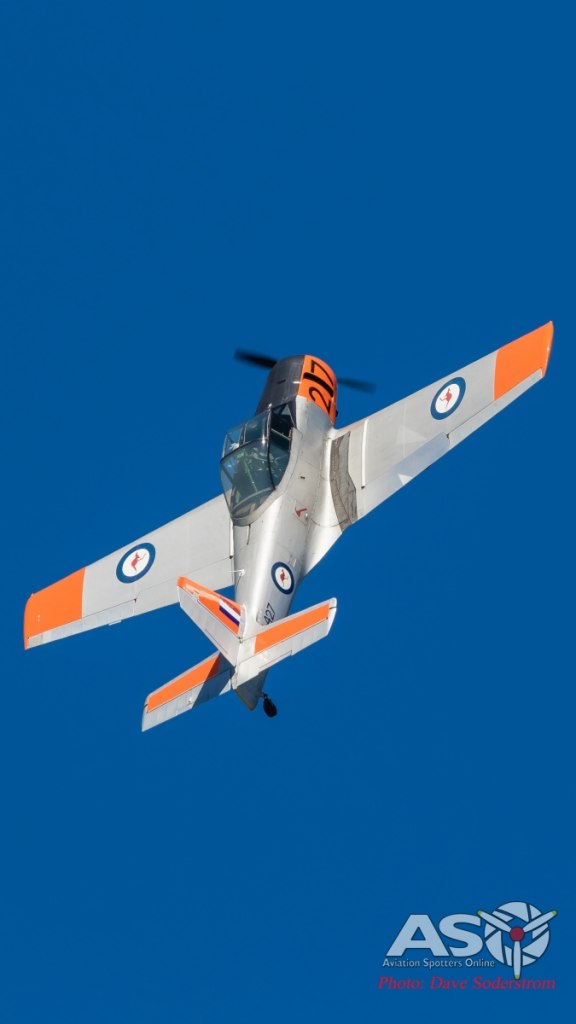
CAC CA-25 Winjeel
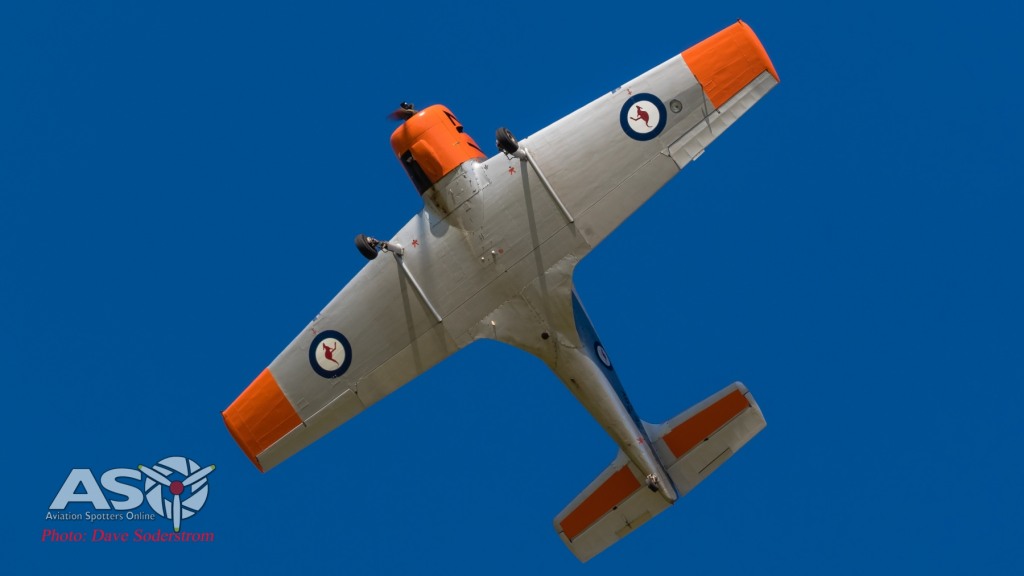
CAC CA-25 Winjeel
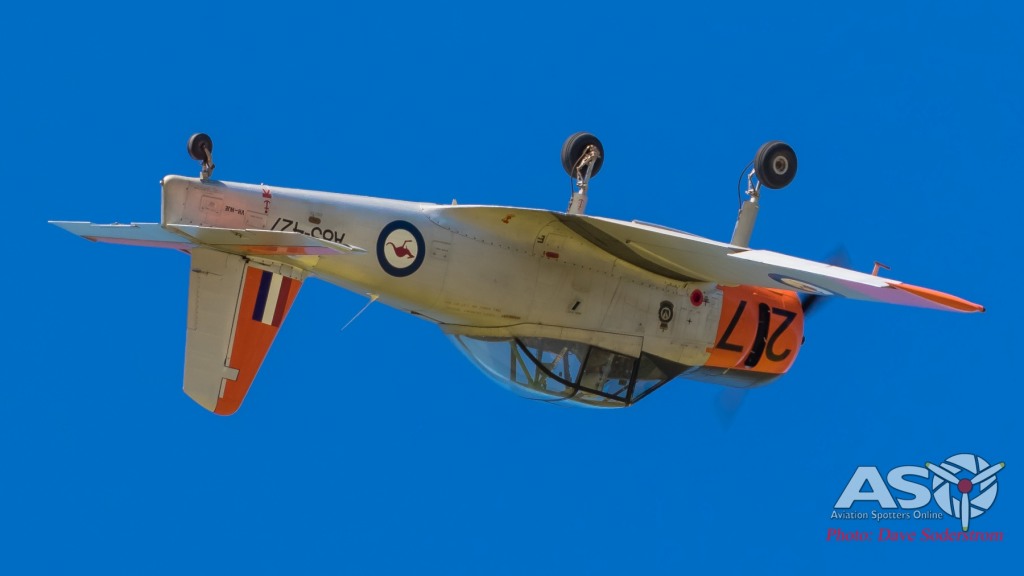
CAC CA-25 Winjeel
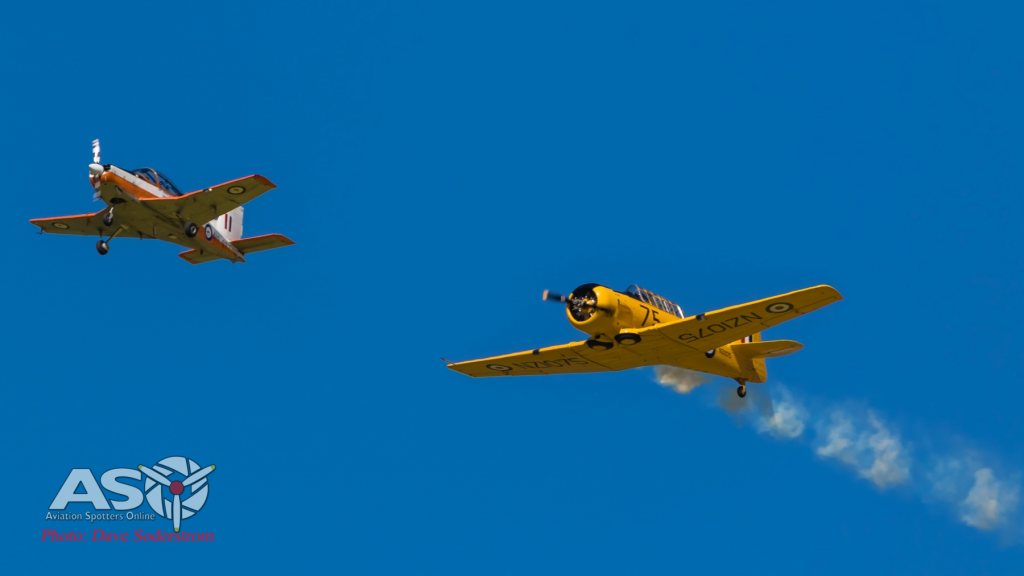
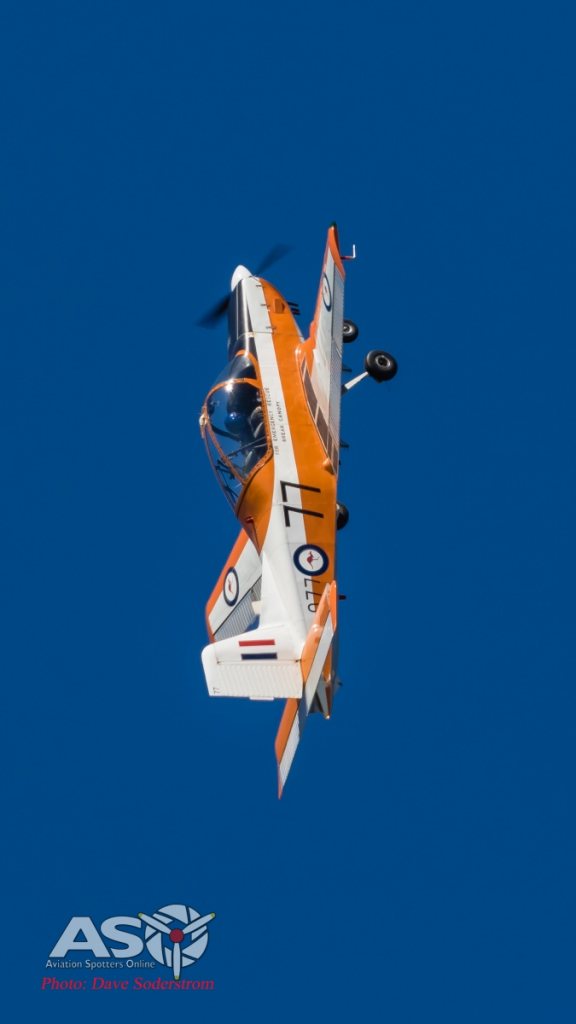
NZAI CT-4A Airtourer
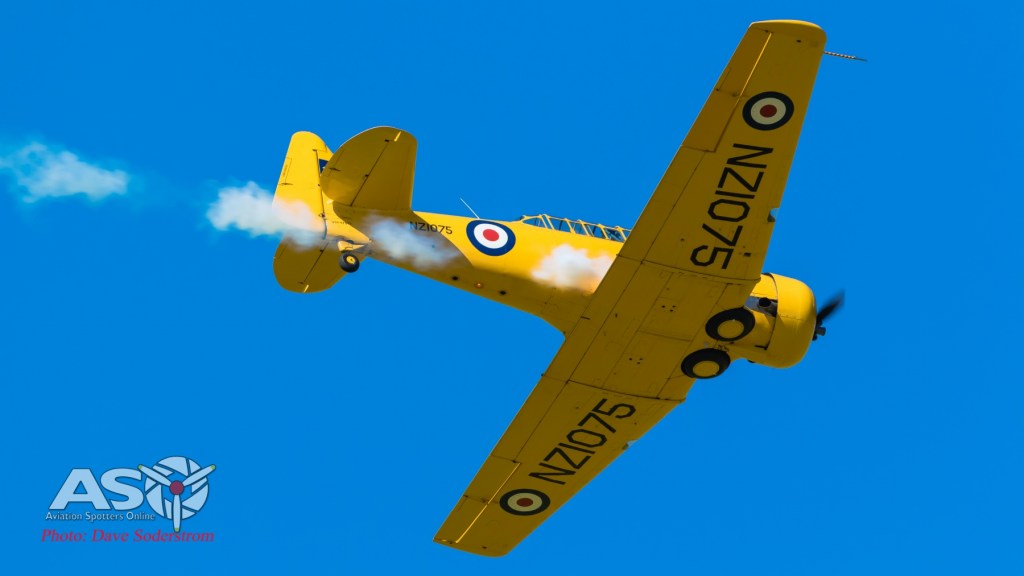
North American T-6 Harvard VH-HVD
After this great display, it was time for some jet noise, courtesy of the Aero Verdochedy L-39. Jetride Australia and Mark Pracy brought the ex Ukrainian Air Force L-39 VH-IOT. Jetride Australia offer jet flight experiences from their base at Cessnock in NSW. You can get your jet experience by reaching the company at: https://www.jetflight.com.au

Aero Verdochedy L-39 VH-IOT
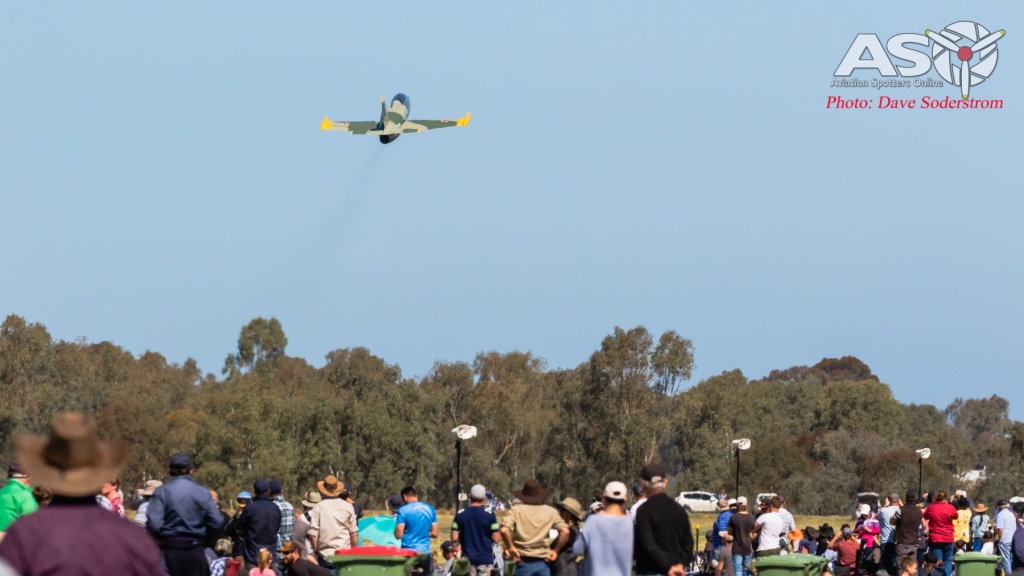
Aero Verdochedy L-39 VH-IOT
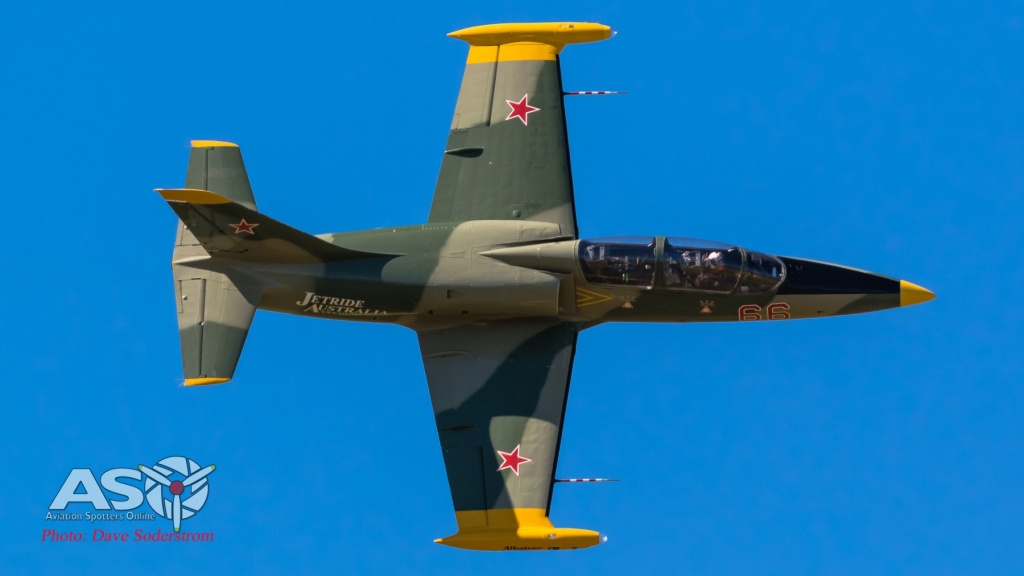
Aero Verdochedy L-39 VH-IOT
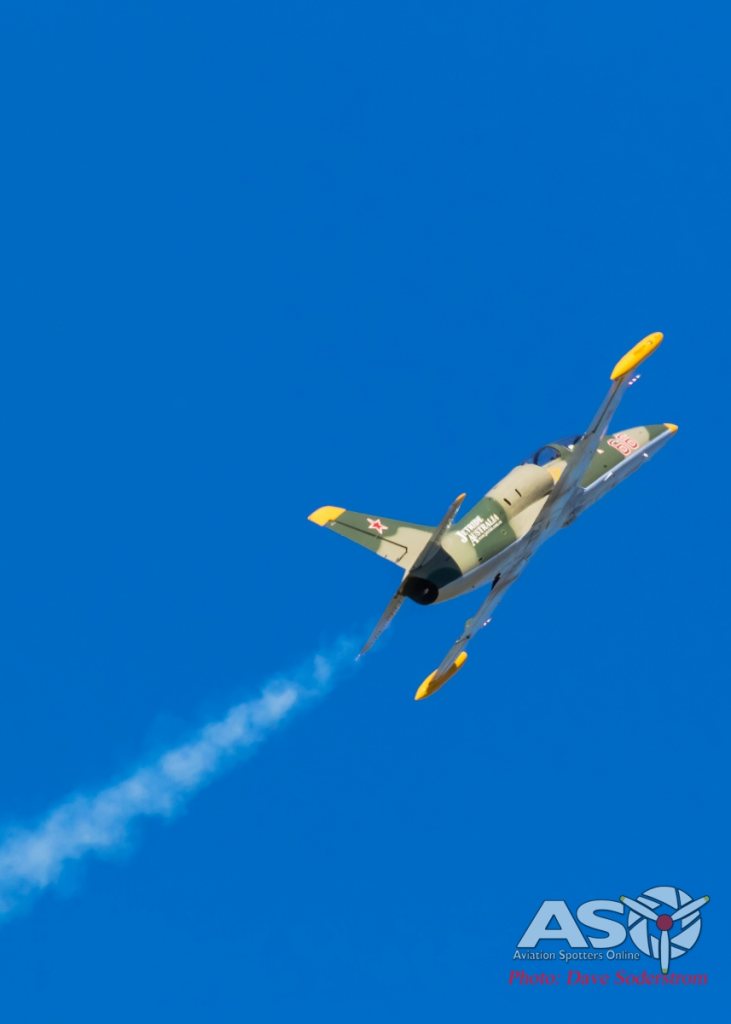
Aero Verdochedy L-39 VH-IOT
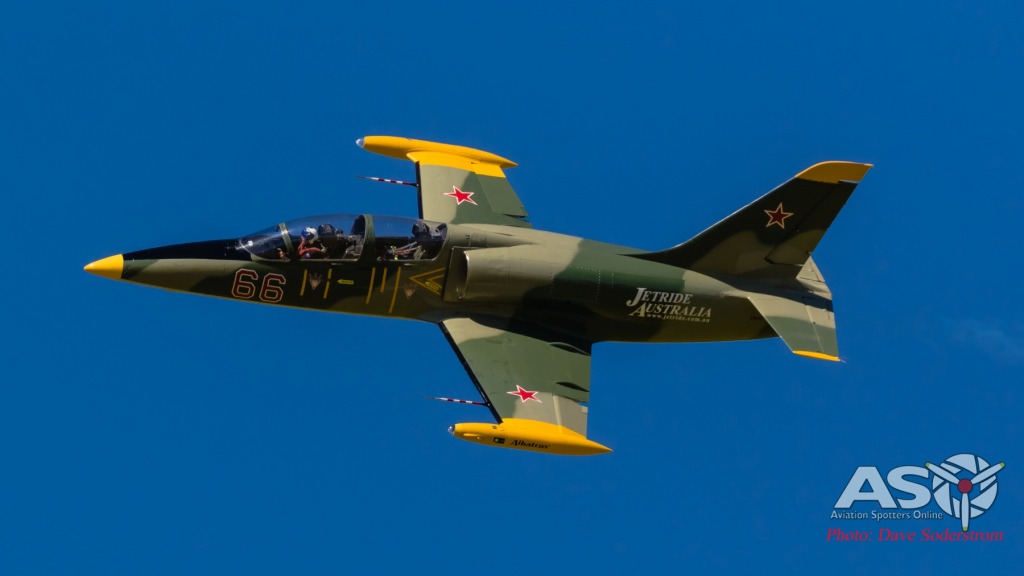
Aero Verdochedy L-39 VH-IOT
Next up it was some jet turbine power from another member of the Airtractor family. This time it was the larger AT-802 again provided by Fieldair from Ballarat. VH-FFM is configured for the upcoming fire season and put on a demonstration of its capabilities to drop its 3200 litres of fire retardant of water on a fire.

Fieldair Airtractor AT-802 VH-FFM
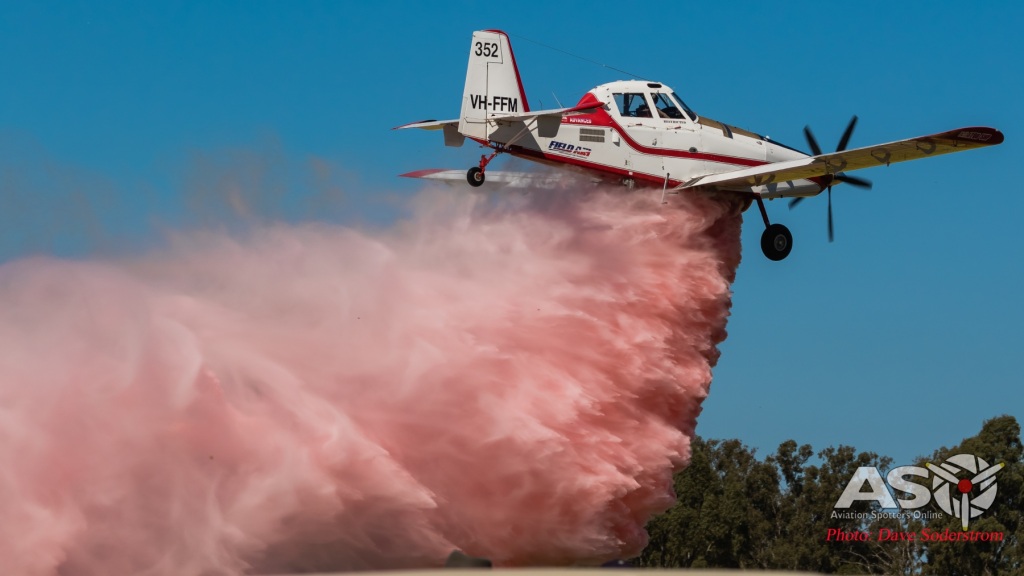
Fieldair Airtractor AT-802 VH-FFM

Fieldair Airtractor AT-802 VH-FFM
A two ship pairing of Cessna O-1 Birddogs showed of their roles as Forward Air Control (FAC) aircraft. The olive drab machine which is registered as VH-EAZ and is owned by Mark Binskin. It flew alongside VH-FAC, again, owned by Matt Henderson.

Cessna O-1 Birddog VH-EAZ

Cessna O-1 Birddog VH-FAC


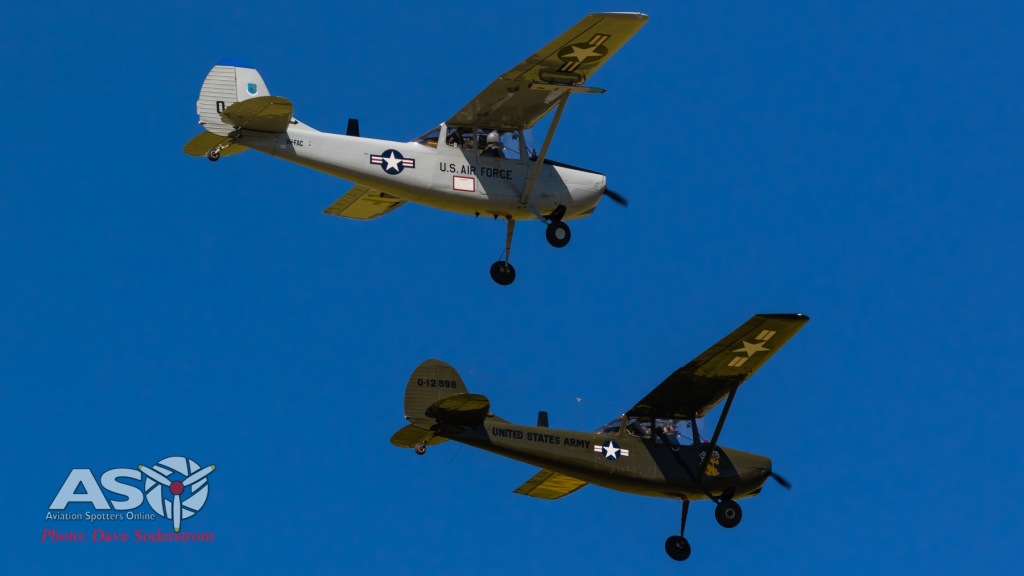
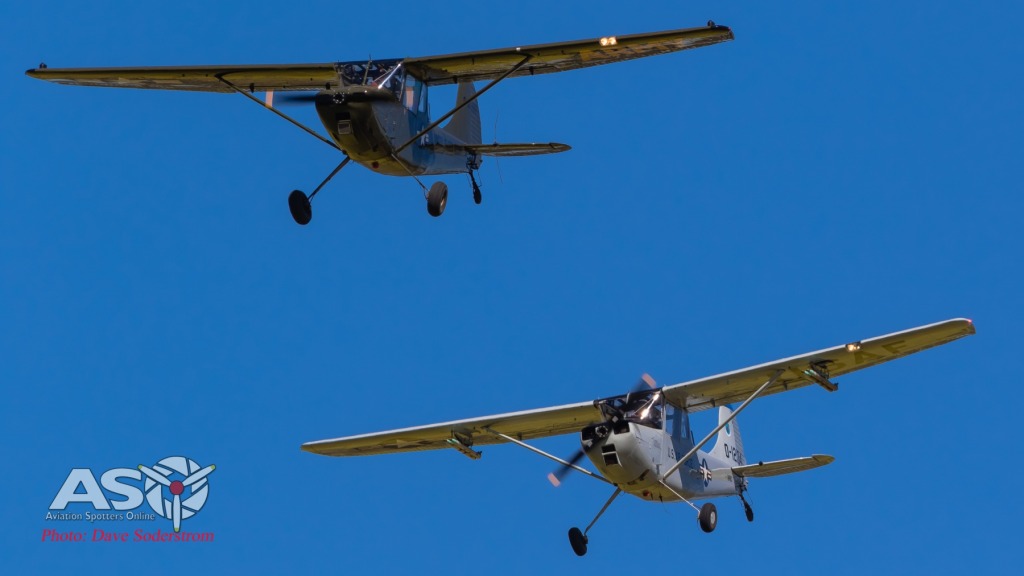
The next pairing were an earlier form of forward air control aircraft. The British Taylorcraft Auster Air Observation Post (AOP) or Auster III as it became known. Eventually fifty five examples were to eventually serve with the RAAF. Flying at the event were VH-MHT (ex RAAF A11-49) and VH-BDM (ex RAAF A11-33).
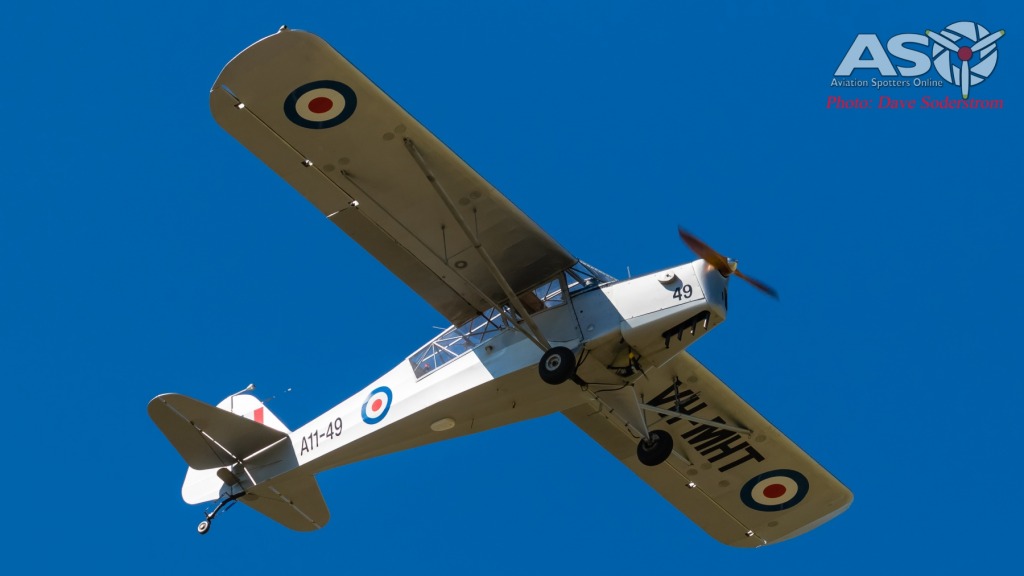
Auster III VH-MHT

Auster III VH-BDM
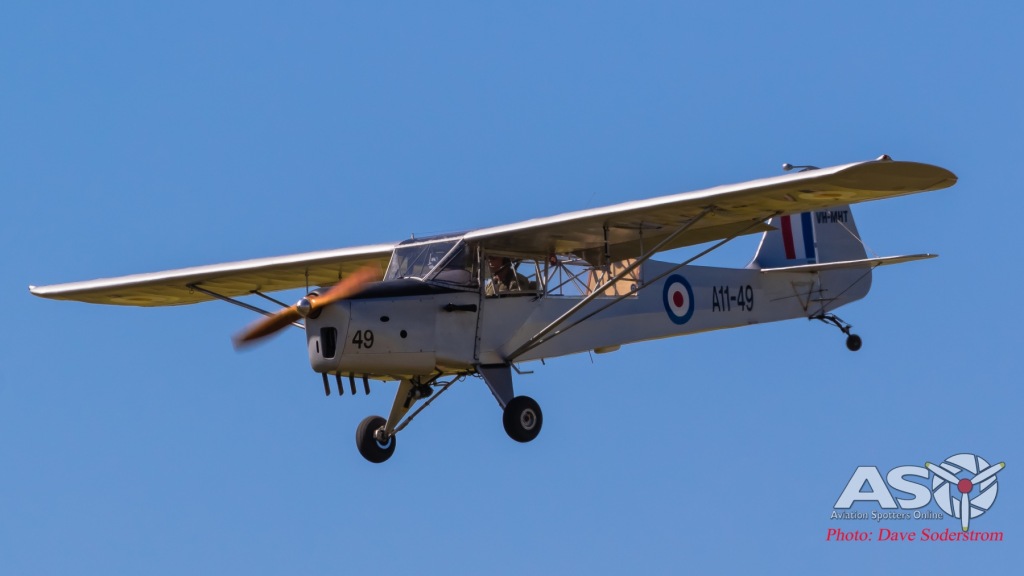
Auster III VH-MHT

Auster III VH-BDM
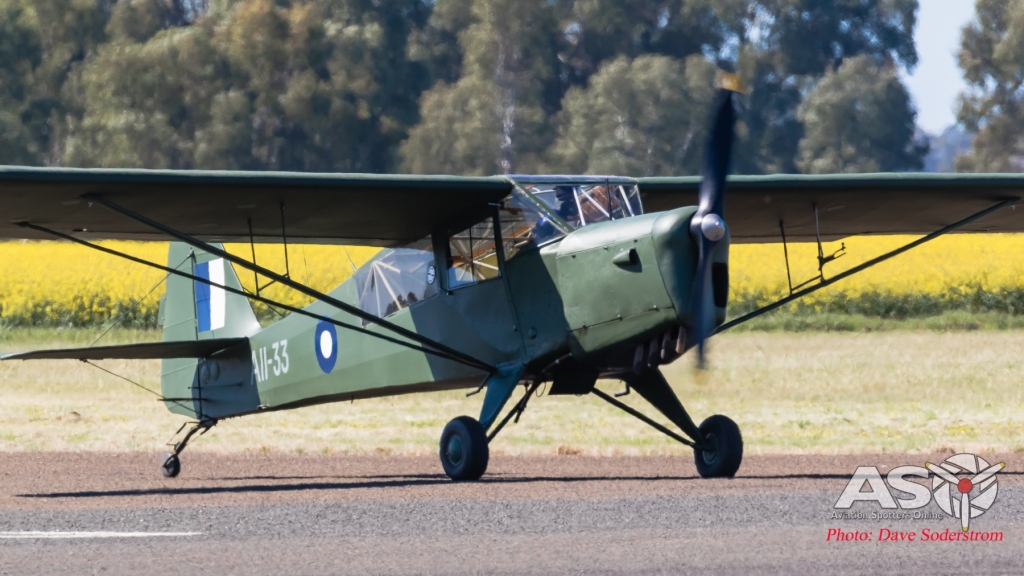
Auster III VH-BDM
Another classic British pairing that partnered together for the airshow were another two De Havilland types. The classic Dh.82A Tigermoth flew a routine alongside the DH.94 Moth Minor. Both of these aircraft served with the Royal Australian Air Force, showing the earlier designs for basic trainers used during the start of World War Two. Of both types 861 Tiger Moths, and 42 Moth Minors were to eventually serve in RAAF markings. During the airshow, VH-BEN which served as A17-736 and VH-CZB served as A21-42, flew a nice routine showcasing the two classic De Havilland designs.
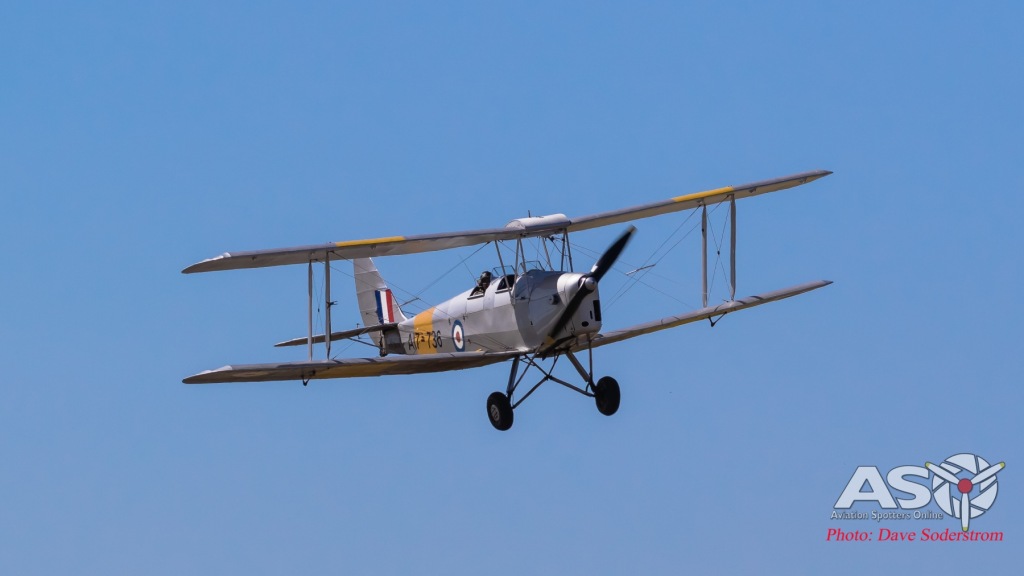
Dh.82A Tigermoth VH-BEN
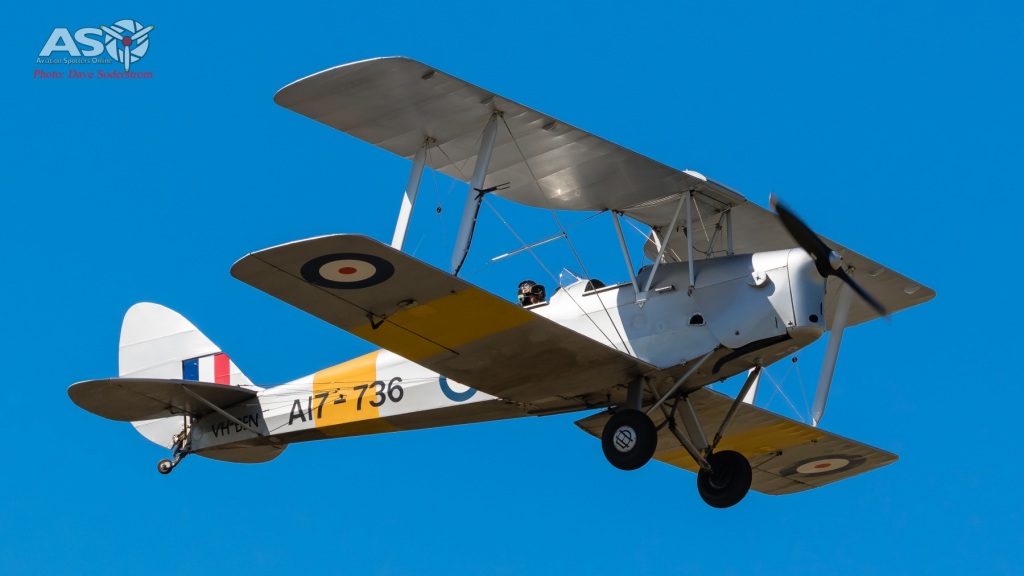
Dh.82A Tigermoth VH-BEN

DH.94 Moth Minor VH-CZB
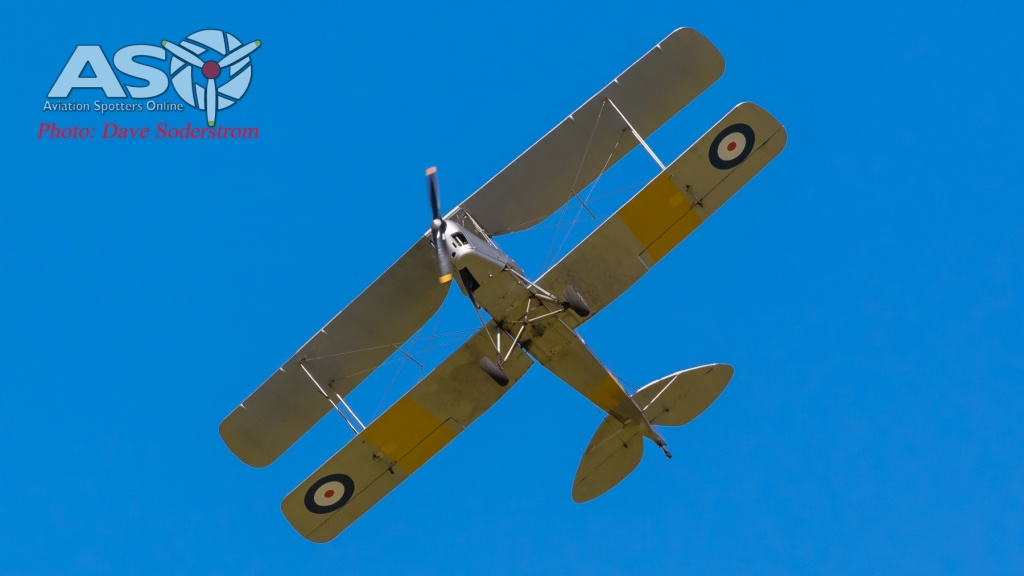
Dh.82A Tigermoth VH-BEN
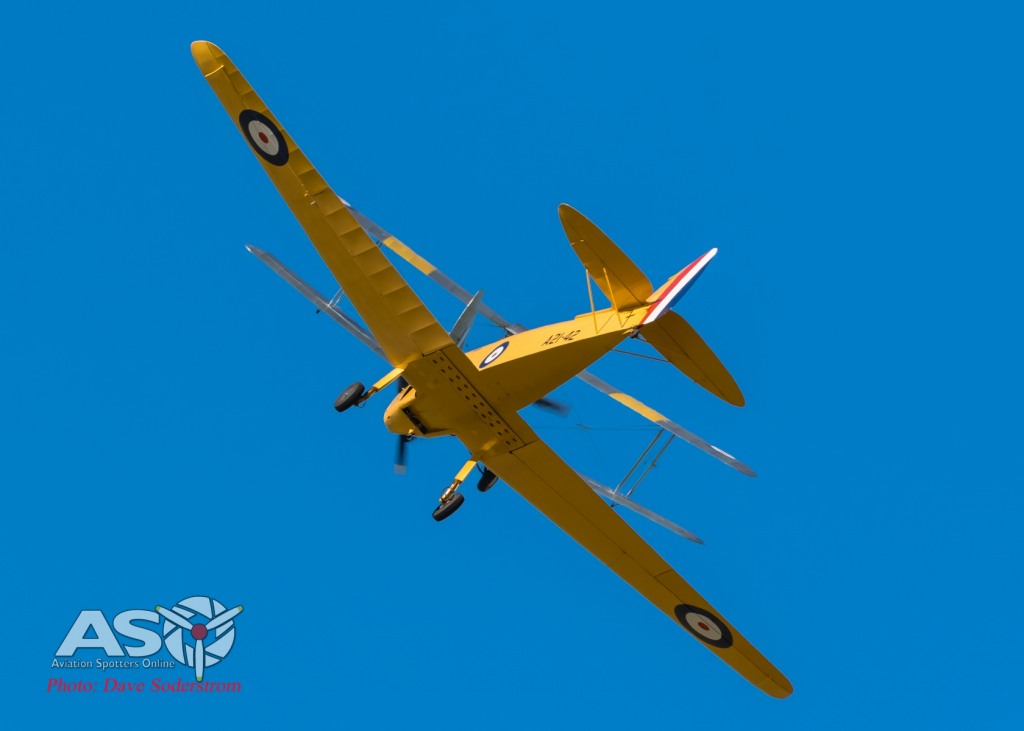
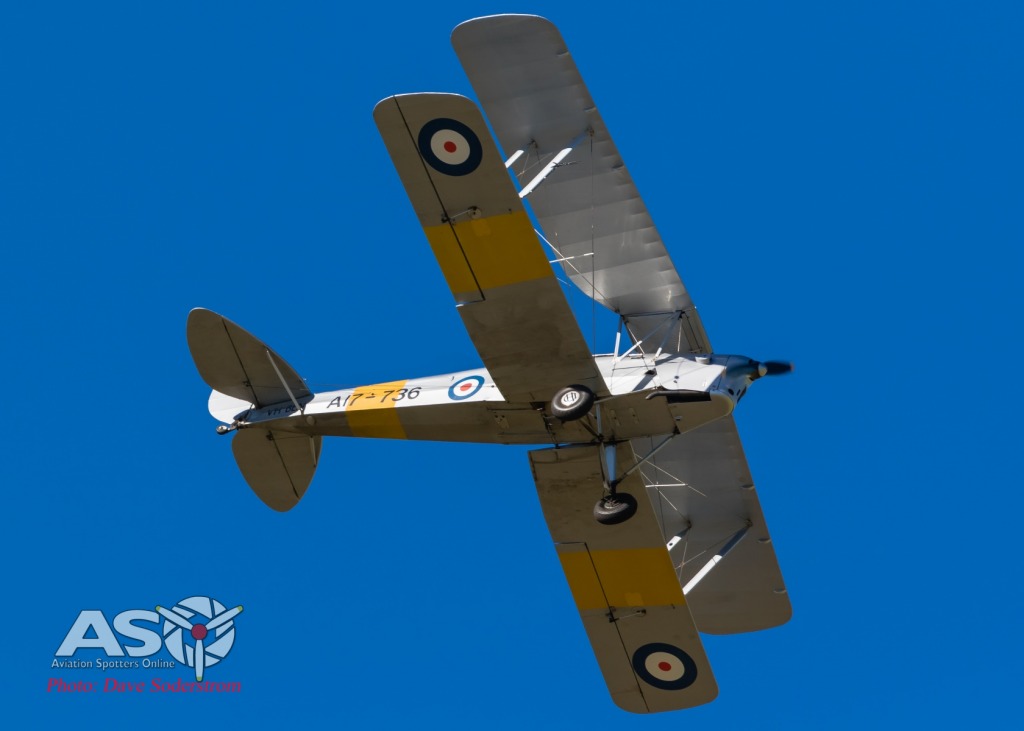
Dh.82A Tigermoth VH-BEN

DH.94 Moth Minor VH-CZB
The next pair to display were two North American designs. Both trainers are based at Albury NSW and flown by their respective owners. John Kempton’s Vultee BT-13A Valiant (VH-JKV) paired up with Stephen Death in his North American T-6 Texan VH-YVI which was ex USAF 51-15202, after service with the USAF it moved onto serving with the Italian Air Force as MM53652.
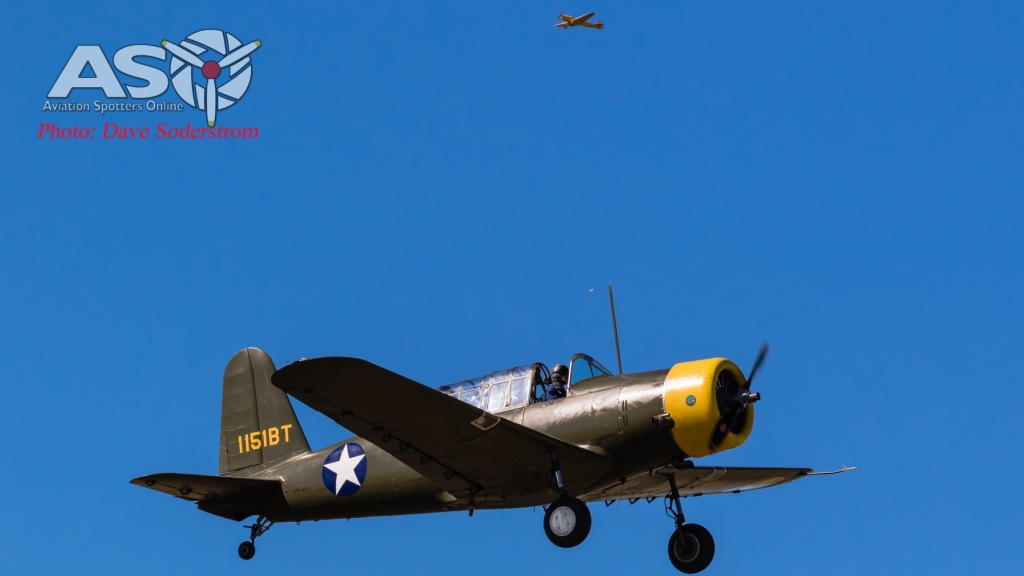
Vultee BT-13A Valiant VH-JKV

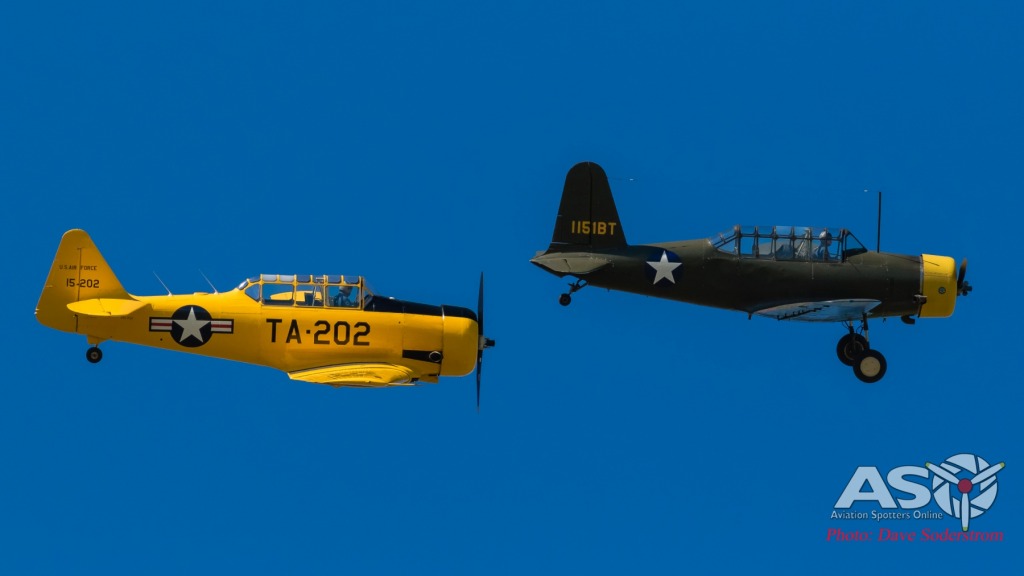
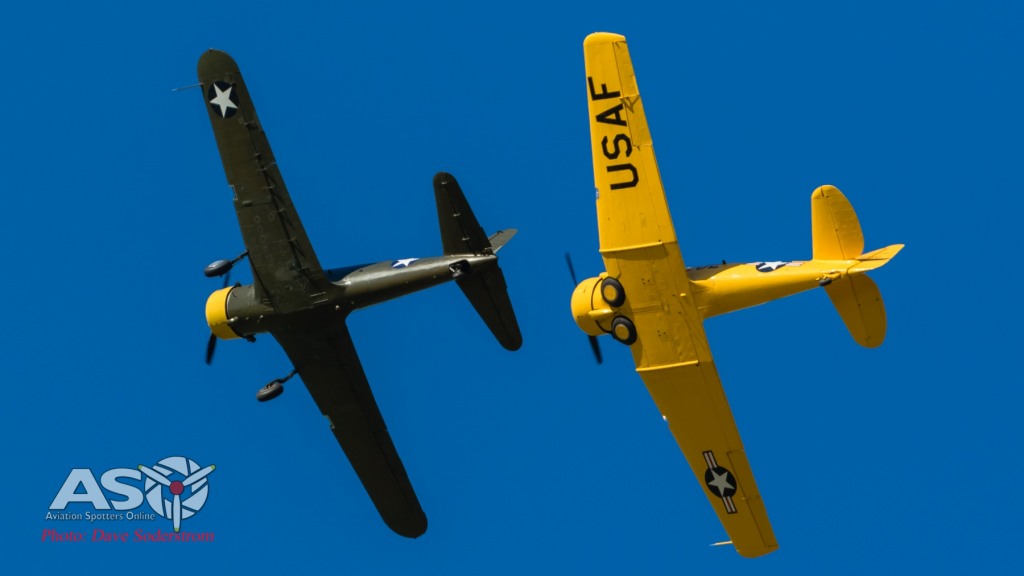

North American T-6 Texan VH-YVI
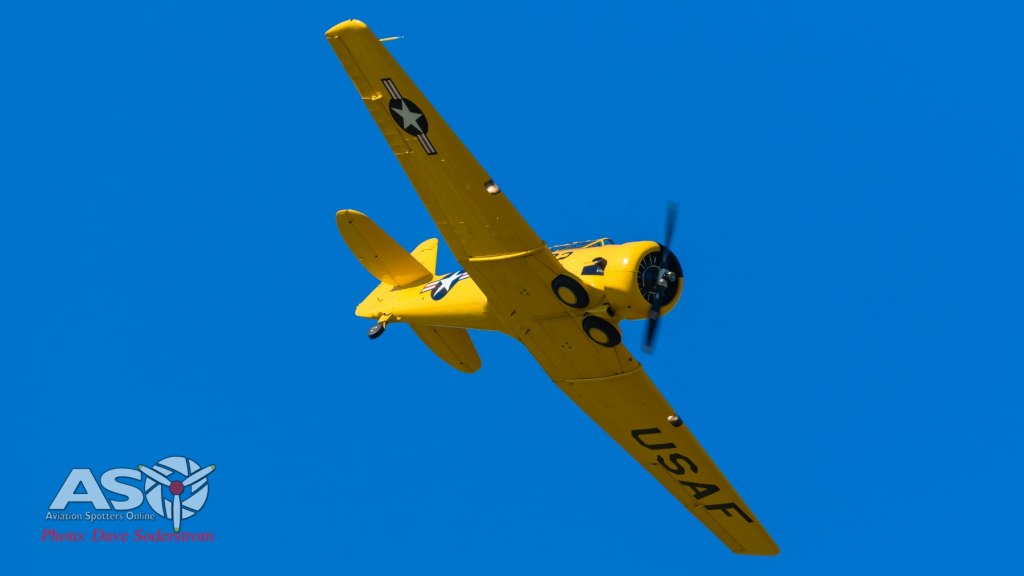
North American T-6 Texan VH-YVI
As the afternoon sun kept its fantastic light going, it was time for the warbirds segment. With the the former RAAF base as a backdrop, it was a trip down memory lane. Launched first were the Temora based Lockheed Hudson and CAC Boomerang, along with Paul Bennet’s CAC Wirraway. Behind them was Ross Pay’s CAC built Mustang, which was joined by Alan Arthurs P-40N and Doug Hamilton’s P-40N.
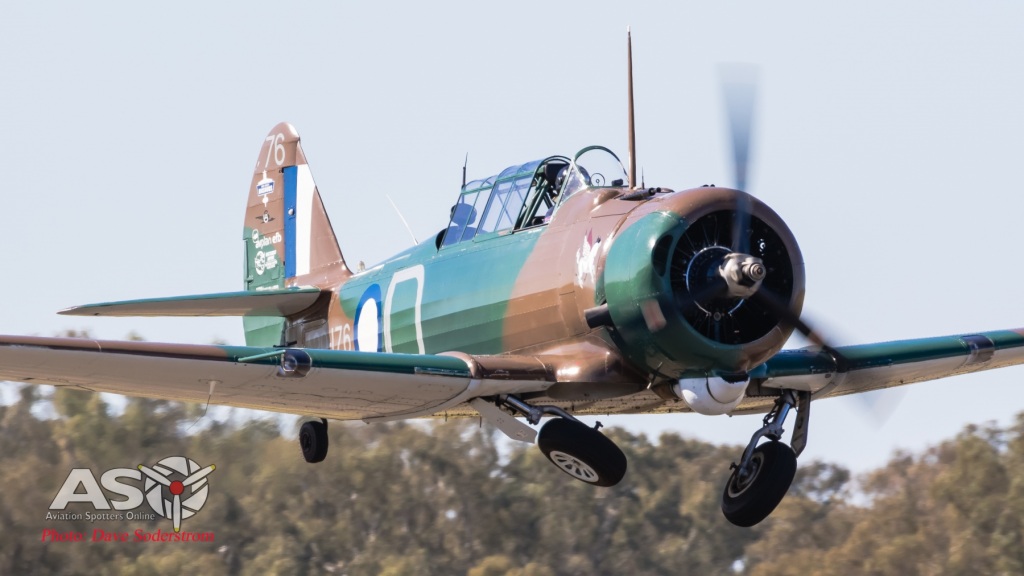
CAC CA-16 Wirraway VH-WWY

CAC CA-13 Boomerang VH-MHR


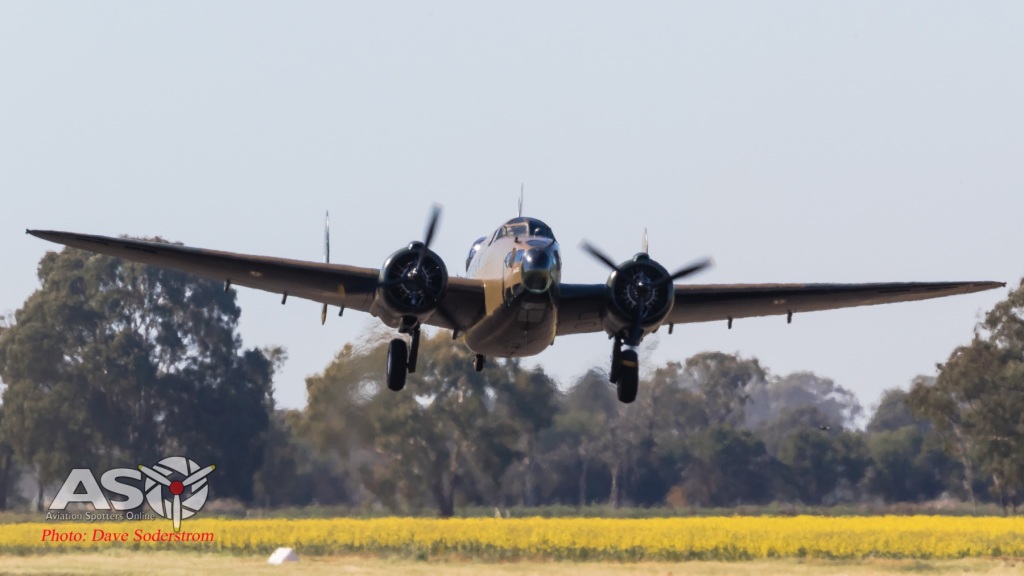
Lockheed Hudson VH-KOY

Lockheed Hudson VH-KOY
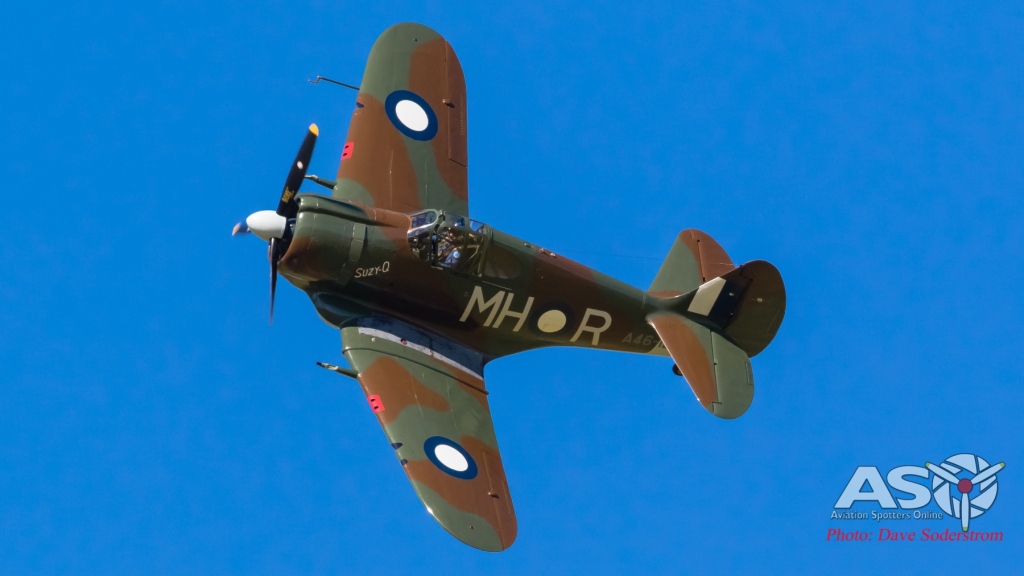
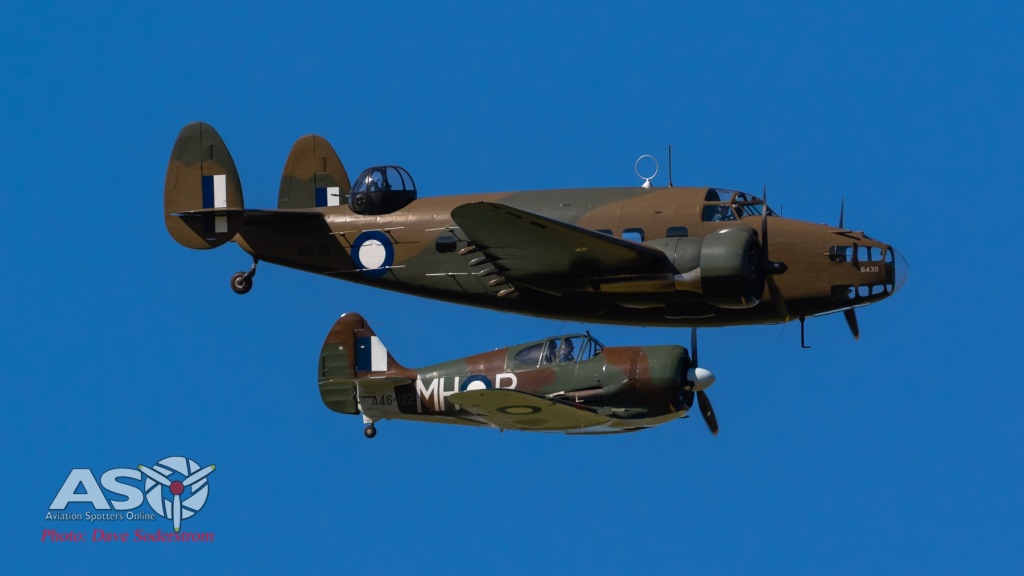
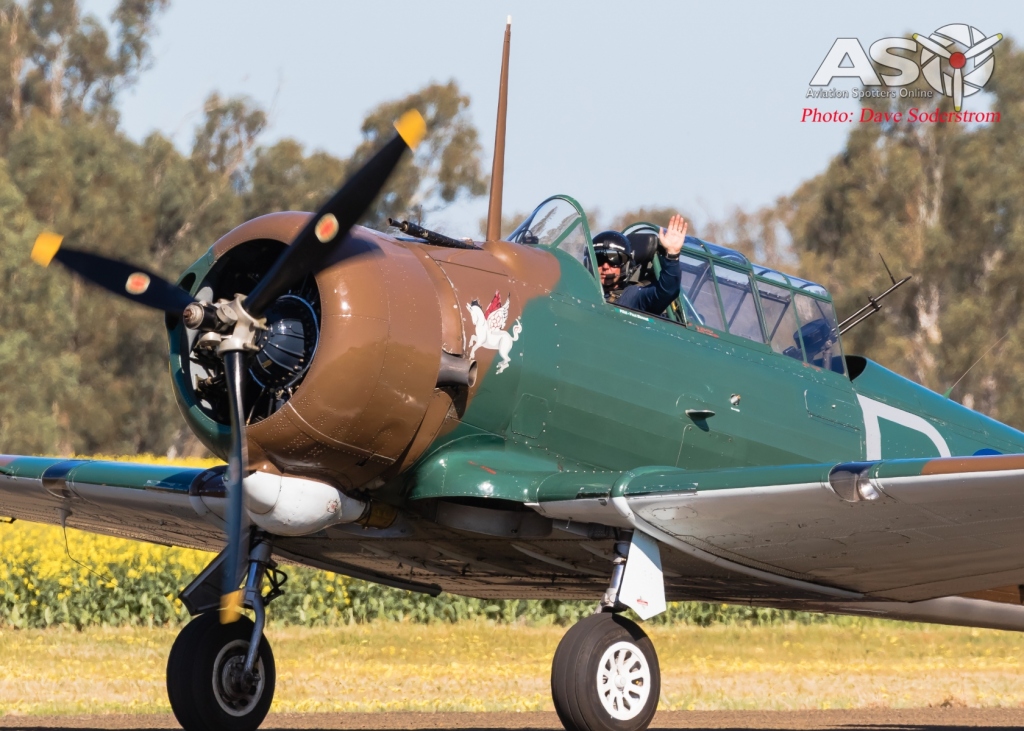
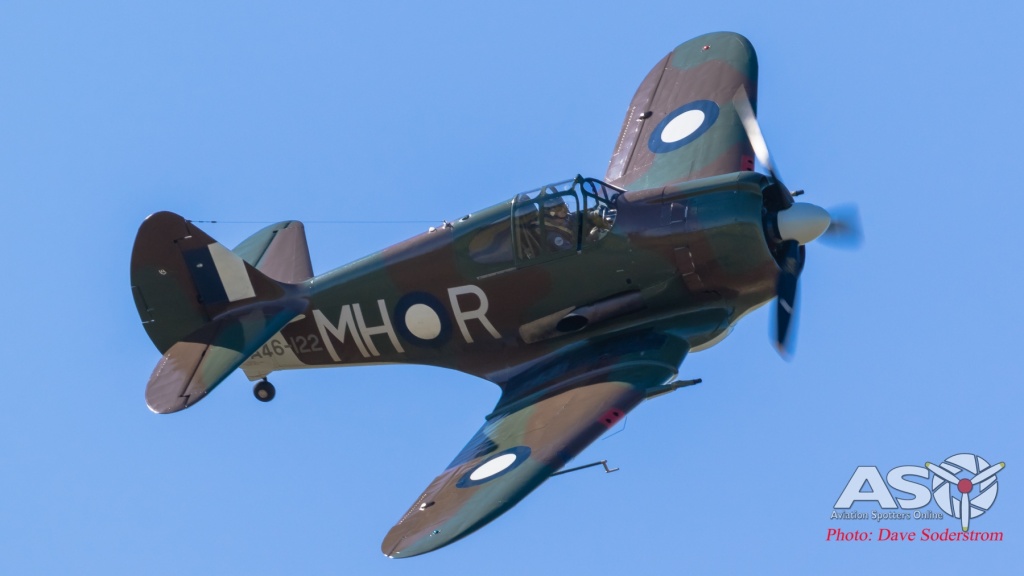
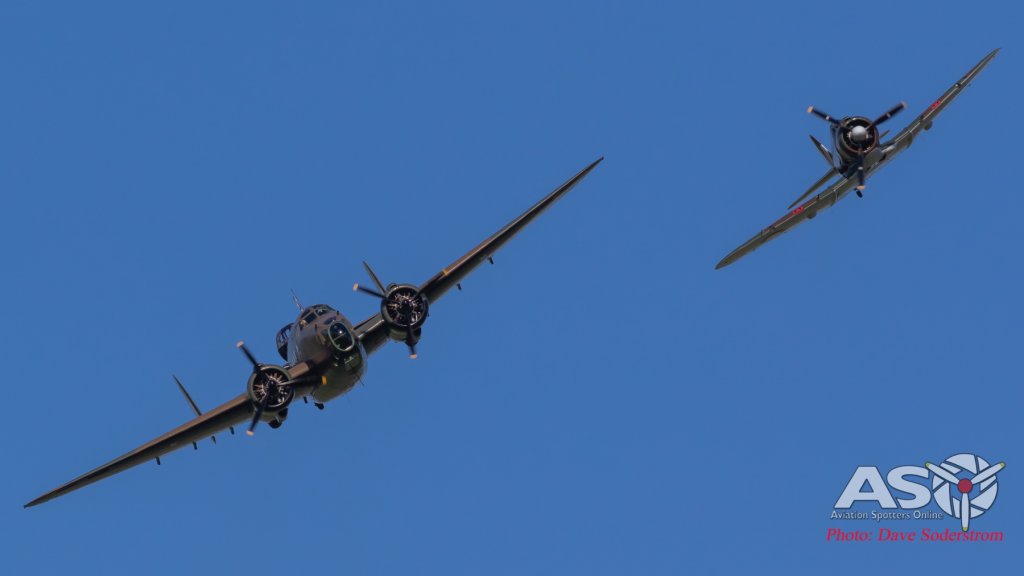
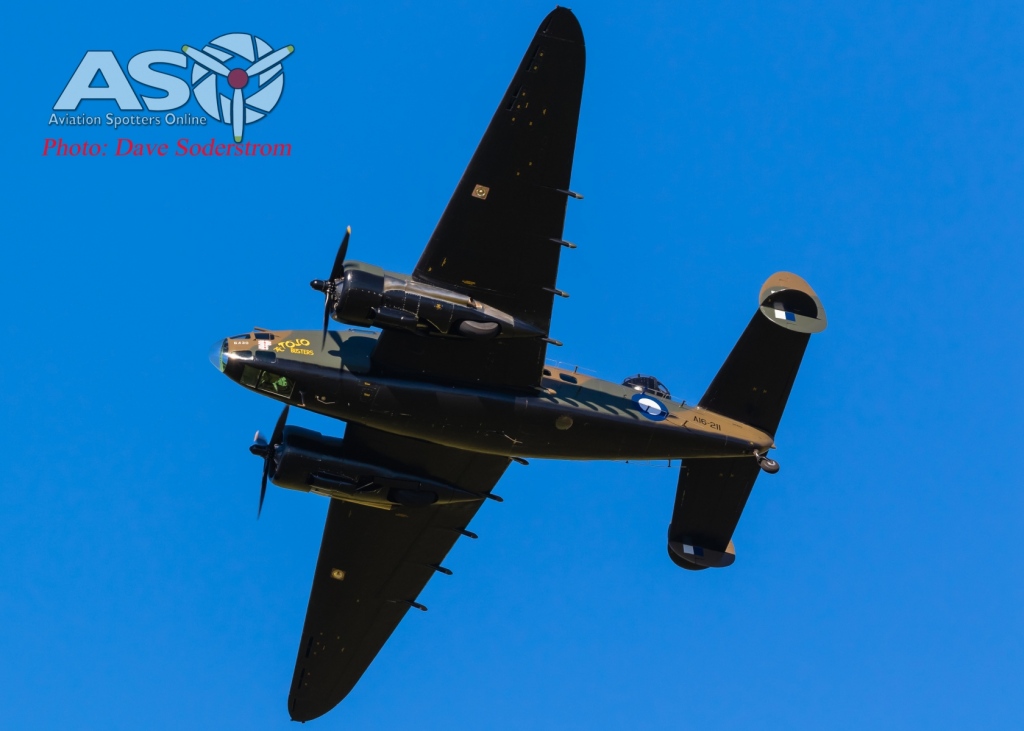
Lockheed Hudson VH-KOY
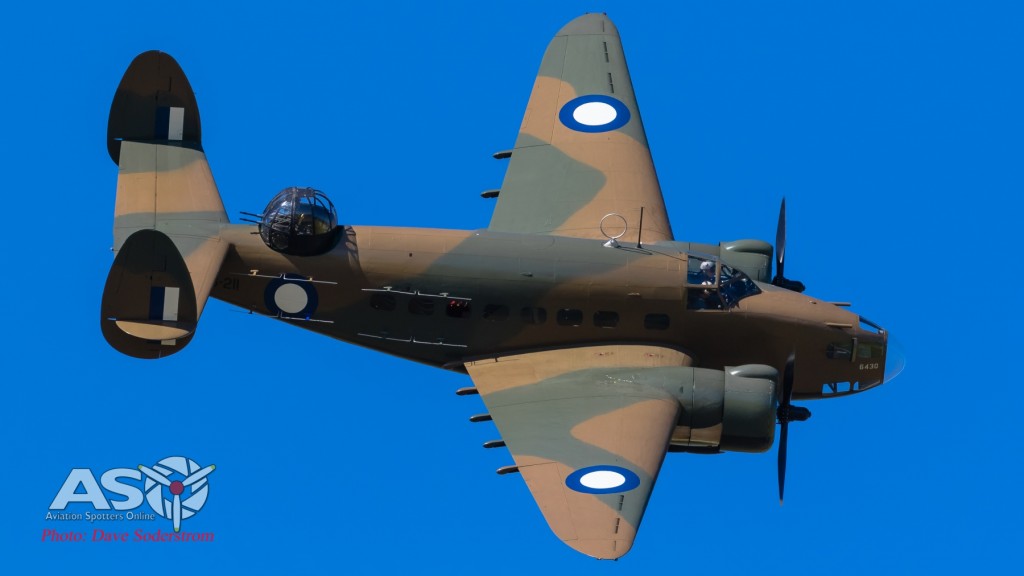
Lockheed Hudson VH-KOY

Lockheed Hudson VH-KOY

Lockheed Hudson VH-KOY
The final launch saw the World War Two fighters take to the skies. Curtiss P-40N Kittyhawks VH-PFO and VH-ZOC. Owned by Doug Hamilton and Allan Arthur respectively. Also taking to the skies was Ross Pay’s CAC built Mustang, VH-AUB that was flown by Paul Bennet. All three looked and sounded great in their formation flypasts and solo performances.
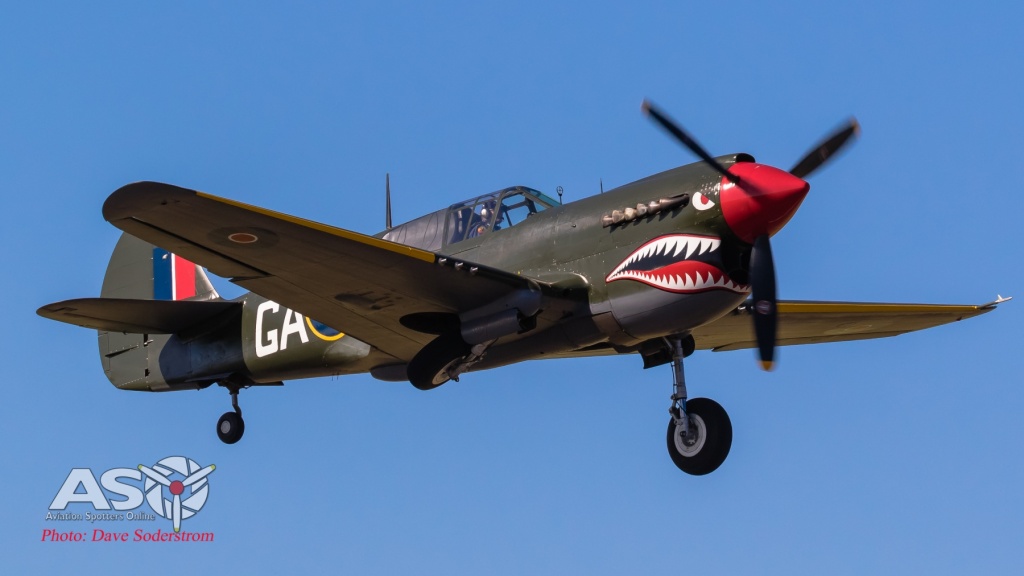
Curtiss P-40N Kittyhawk VH-ZOC

Curtiss P-40N Kittyhawk VH-PFO

CAC CA-18 Mustang VH-AUB

Curtis P-40N Kittyhawk VH-ZOC


Curtis P-40N Kittyhawk VH-ZOC
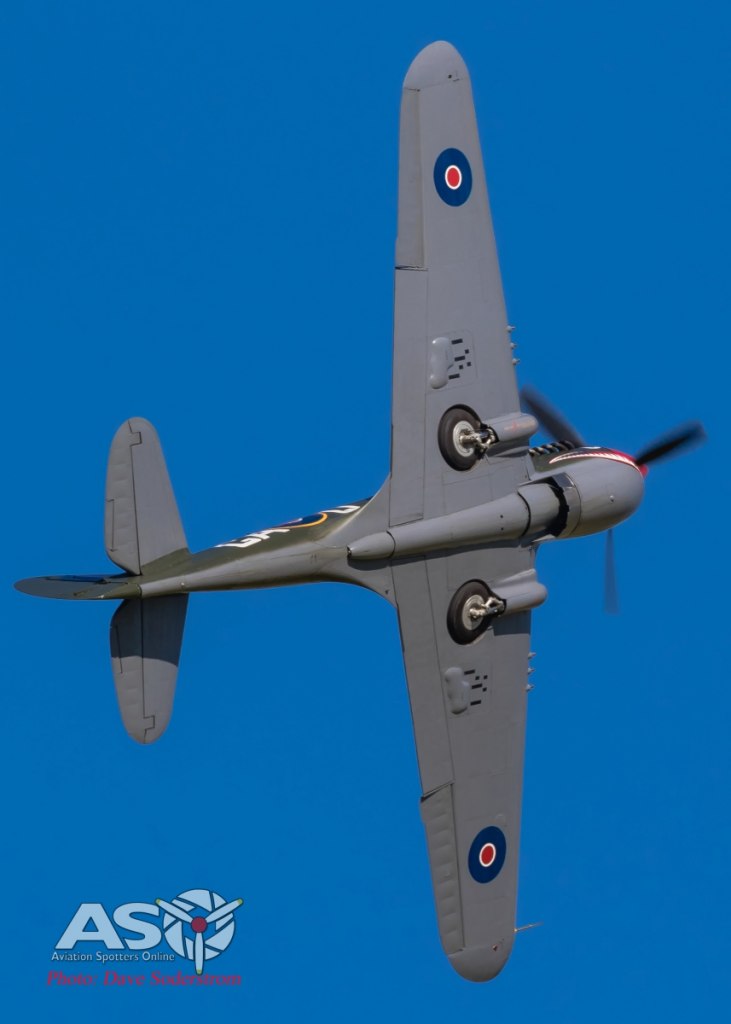
Curtis P-40N Kittyhawk VH-ZOC

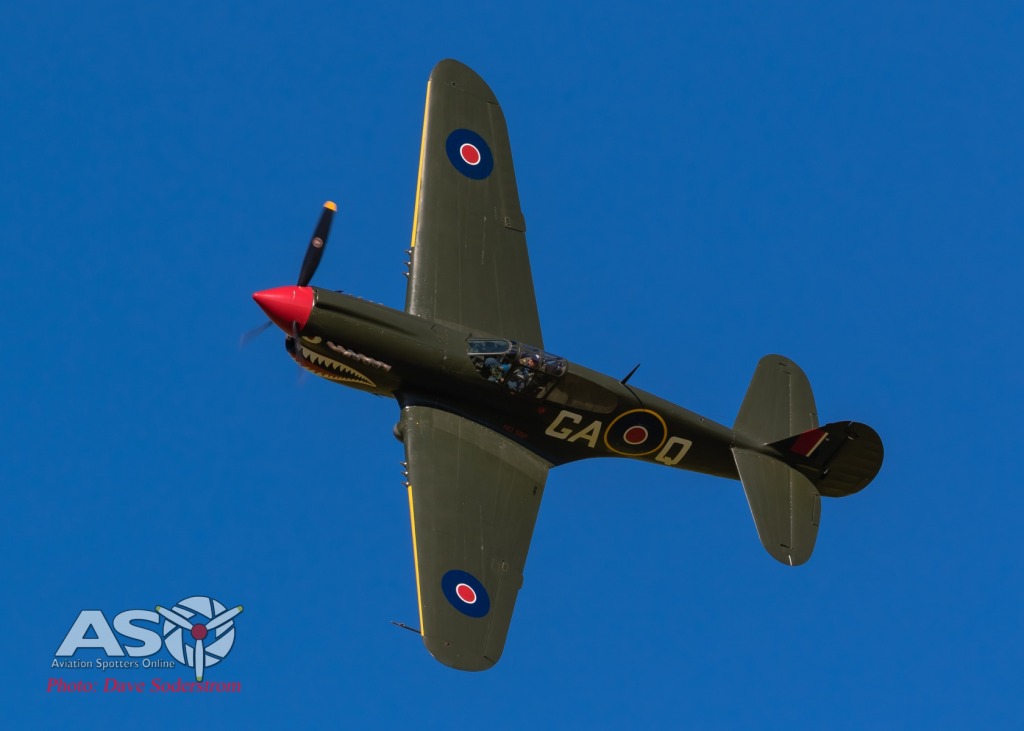
Curtis P-40N Kittyhawk VH-ZOC
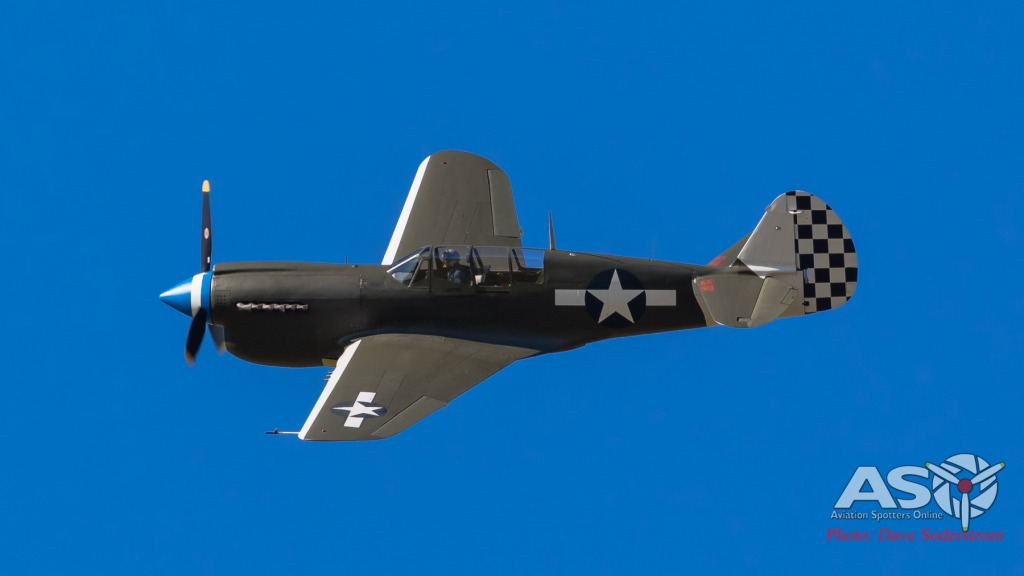
Curtiss P-40N Kittyhawk VH-PFO
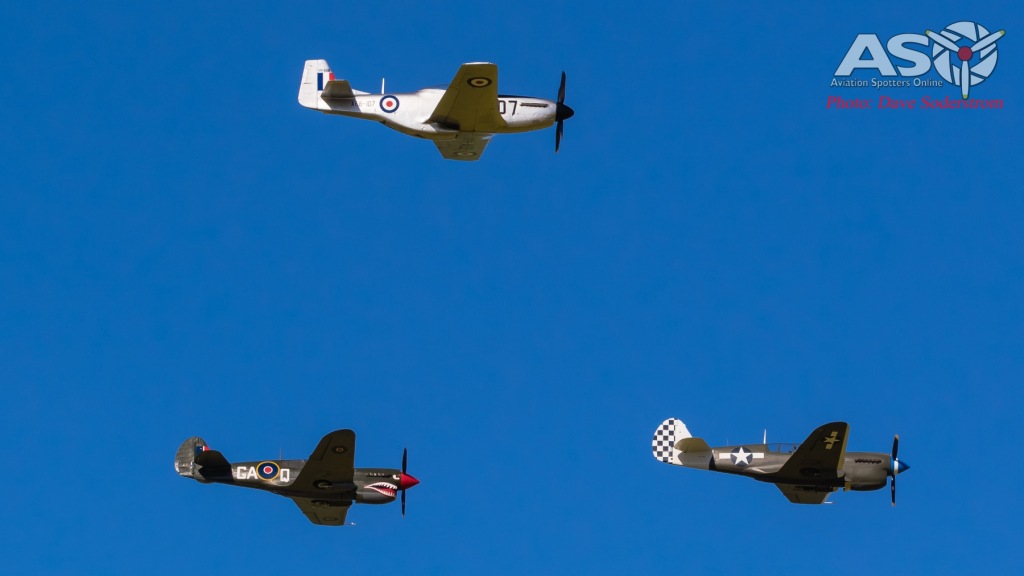
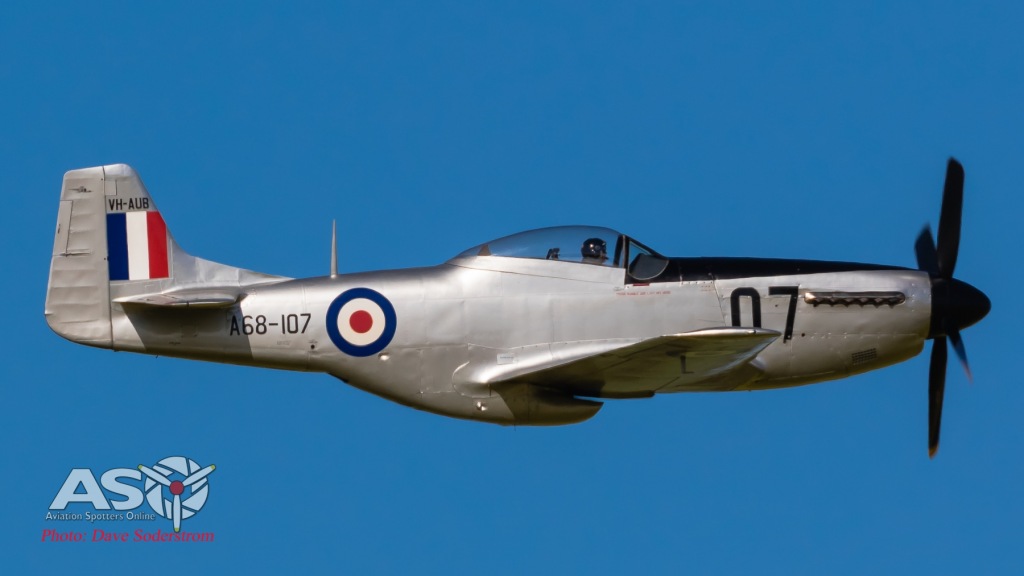
CAC built Mustang, VH-AUB
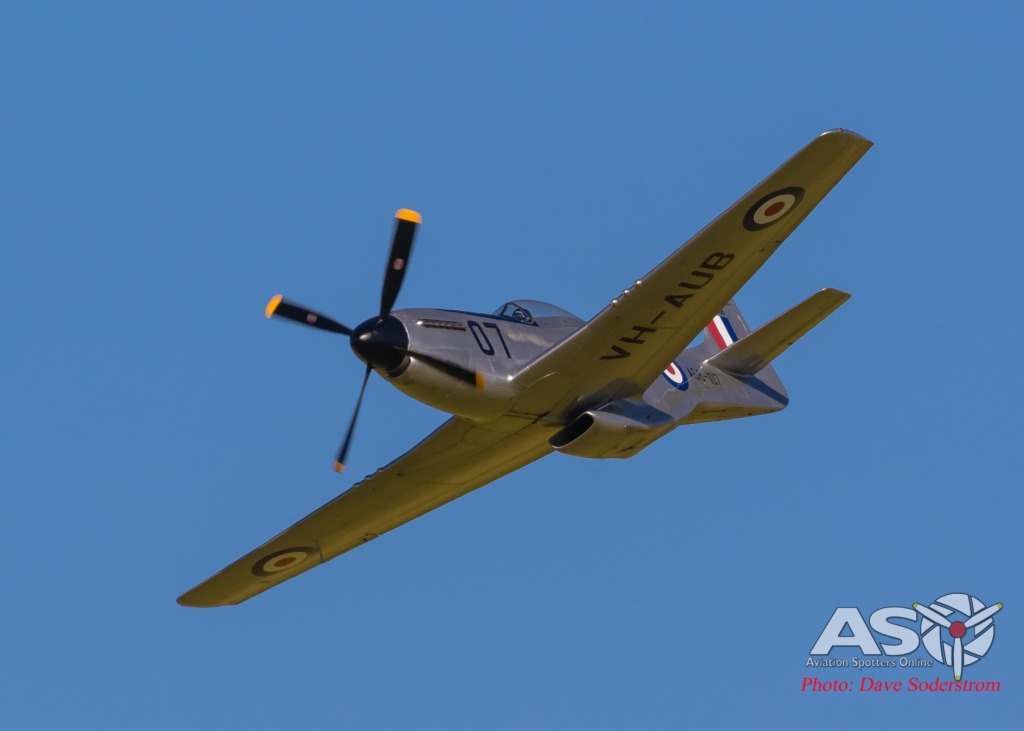
CAC built Mustang, VH-AUB

CAC built Mustang, VH-AUB
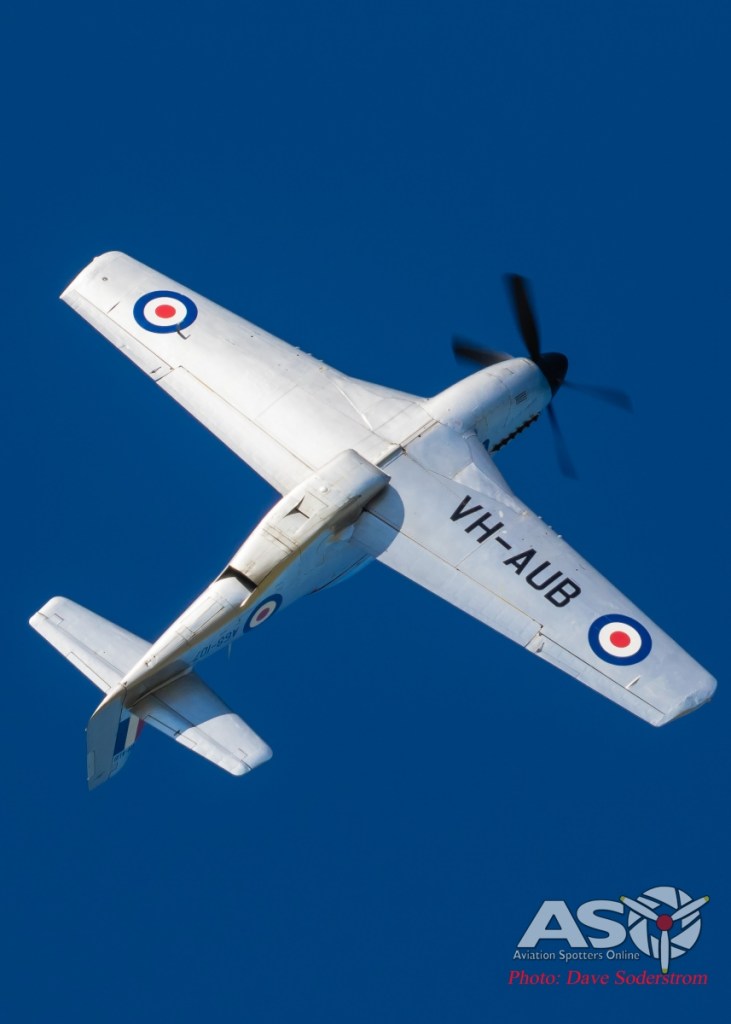
CAC built Mustang, VH-AUB
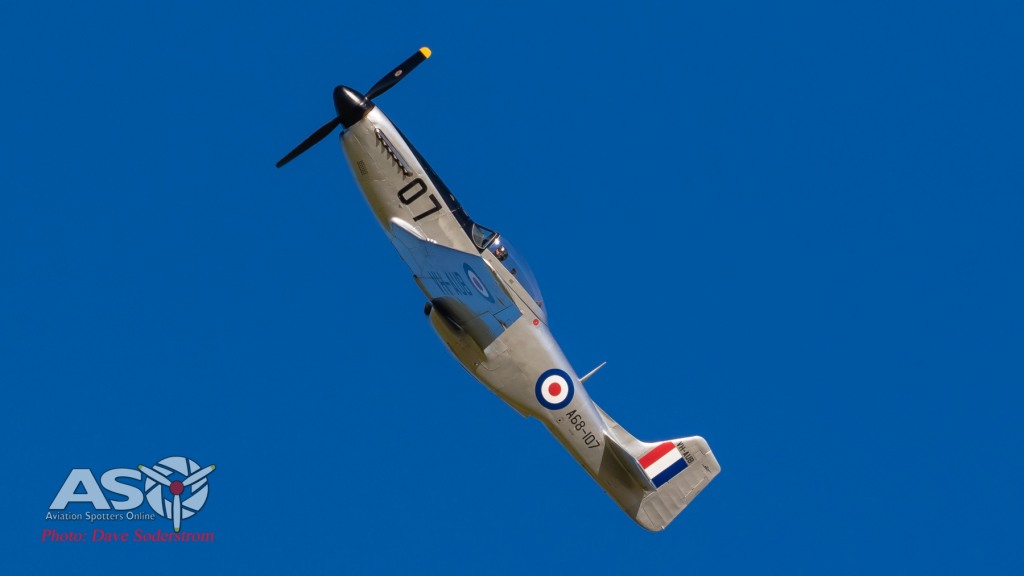
CAC built Mustang, VH-AUB
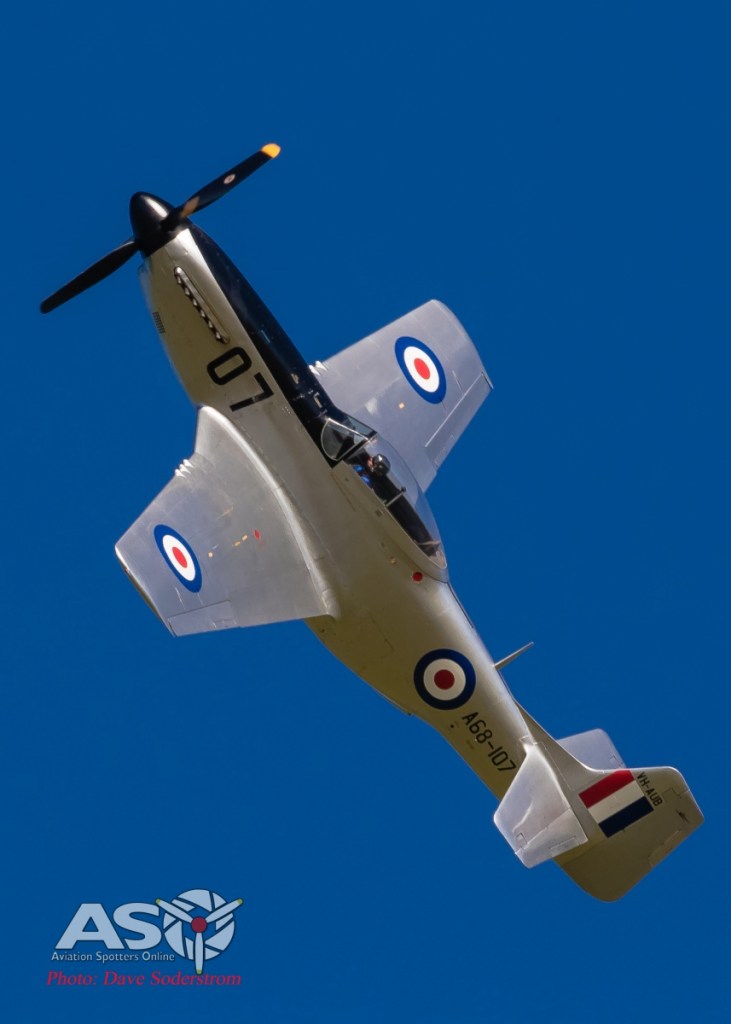
CAC built Mustang, VH-AUB
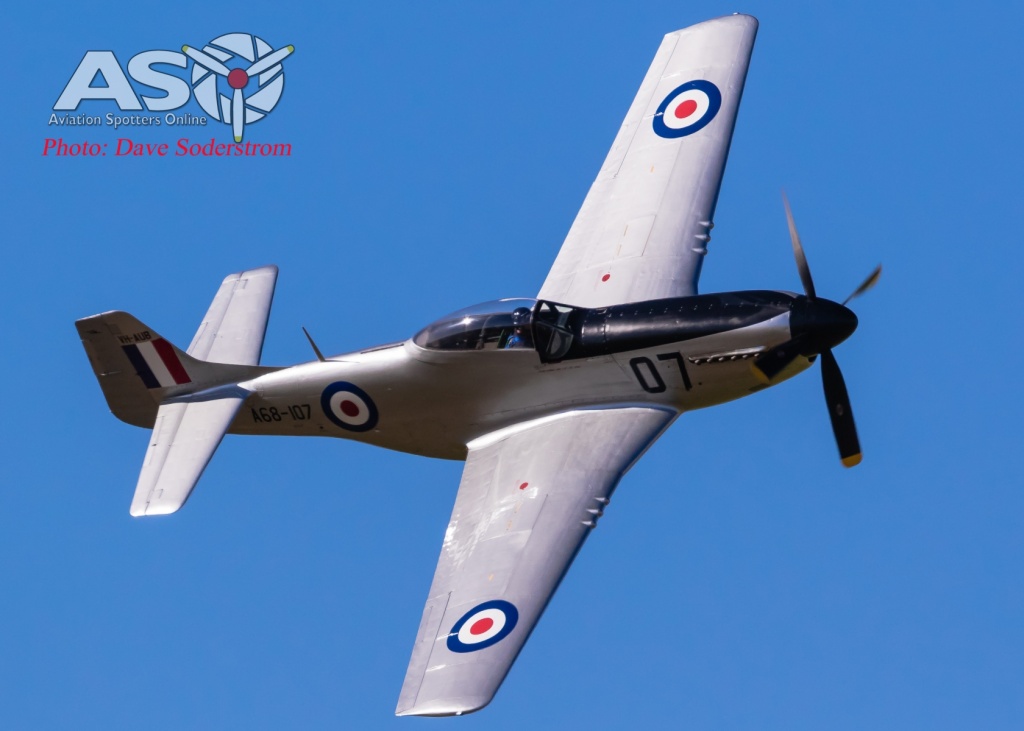
CAC built Mustang, VH-AUB
The Tocumwal Airshow committee are to be commended for a fantastic event. It’s sure to grow in the coming years as the event continues to mature and gain momentum.
Roll on the 2021 event!
Dave

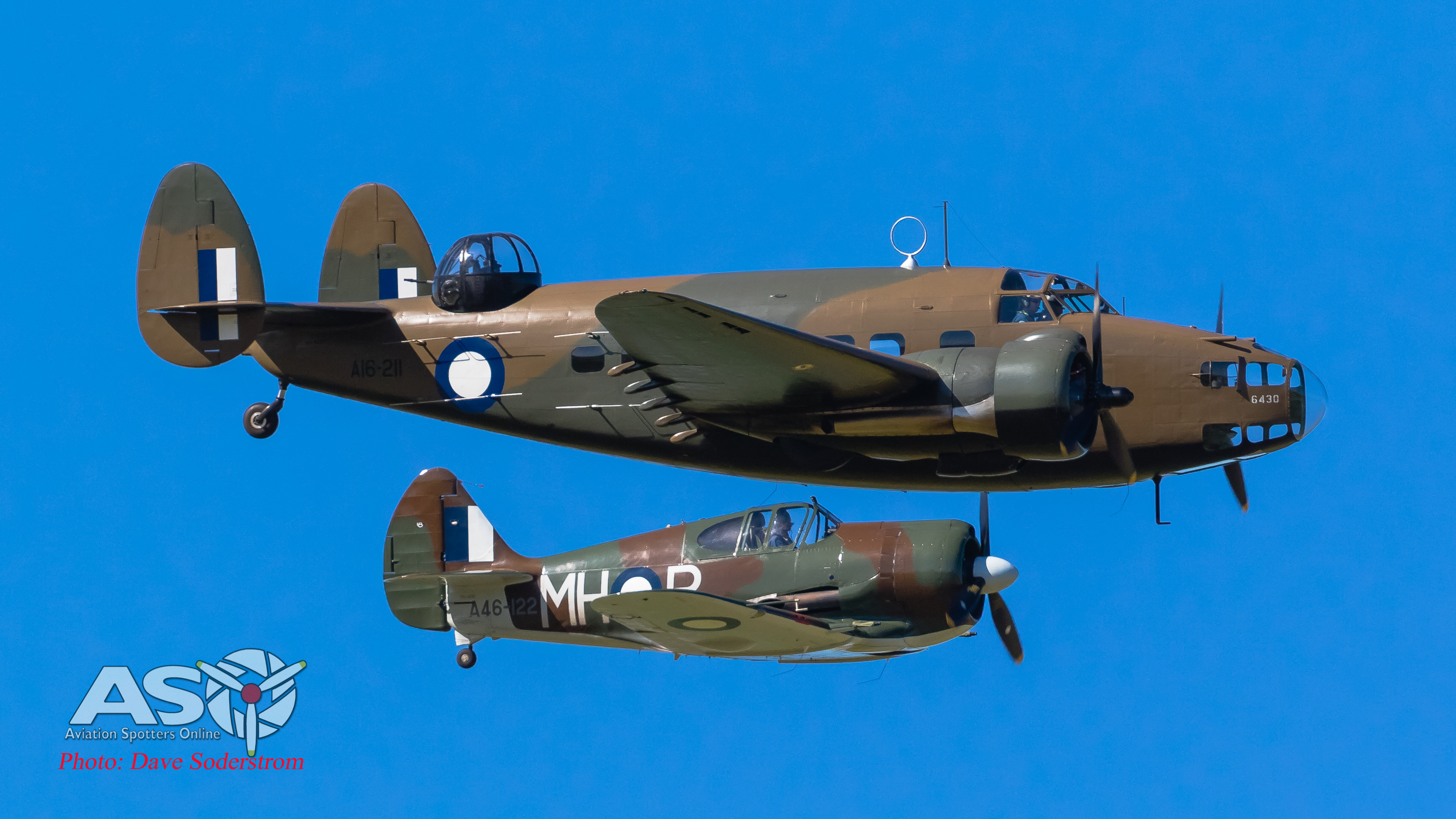

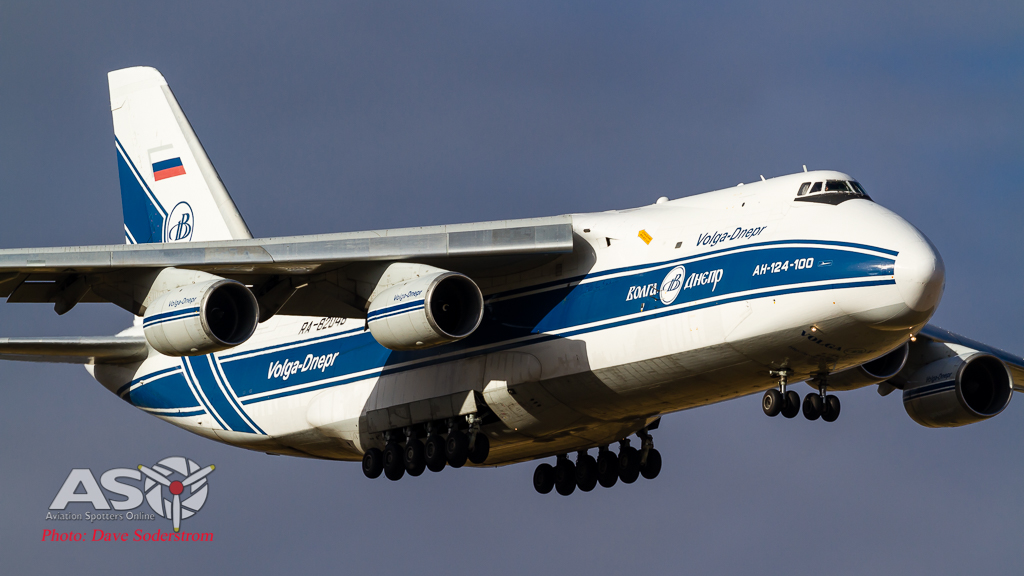
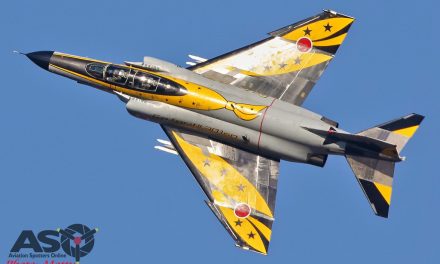





Absolutely stunning photography and warbirds restorations.
Hi Lou, thanks for your kind words Dave
Hey Dave
It was great to have a small part to play in the organisation of the Airshow through Murray Border Flying Club.
We were lucky to have some great pilots and aircraft for our first event and were blessed with the weather.
Your shots really show all the aircraft beautifully. Great job.
Hope to see you around again one day soon.
Thanks
Bill Armstrong
G’day Bill, great to hear from you mate. Been a long time. Hope this finds you and Cath well. Next time I’m up that way I’ll drop you a line and catch up. Thanks for the positive feedback on the article and photos too. Really looking forward to the next one.
Excellent photography.